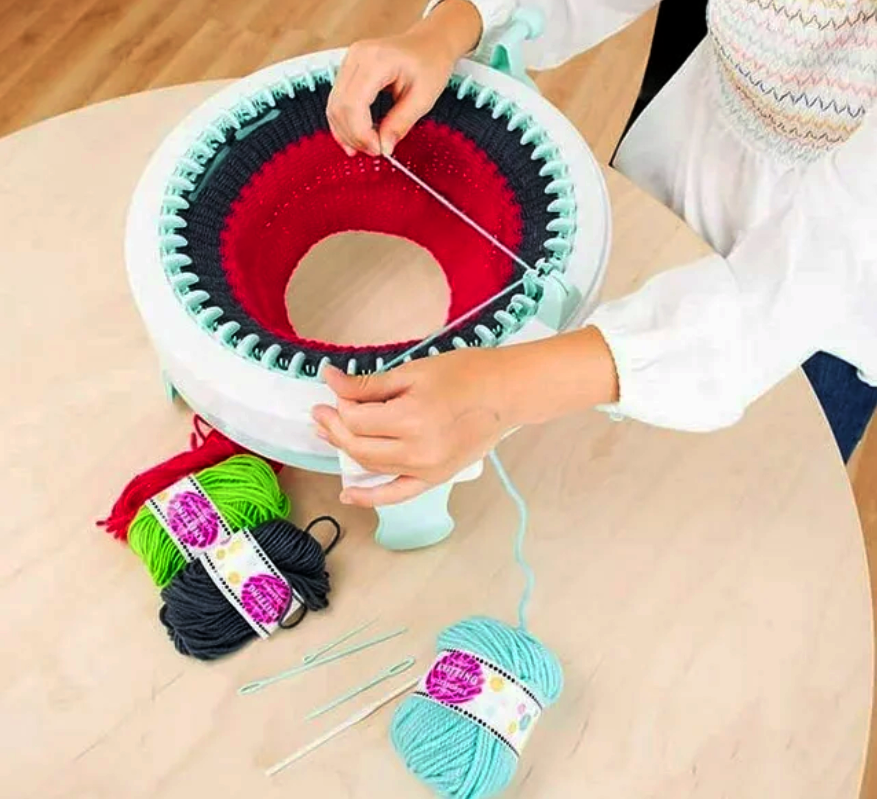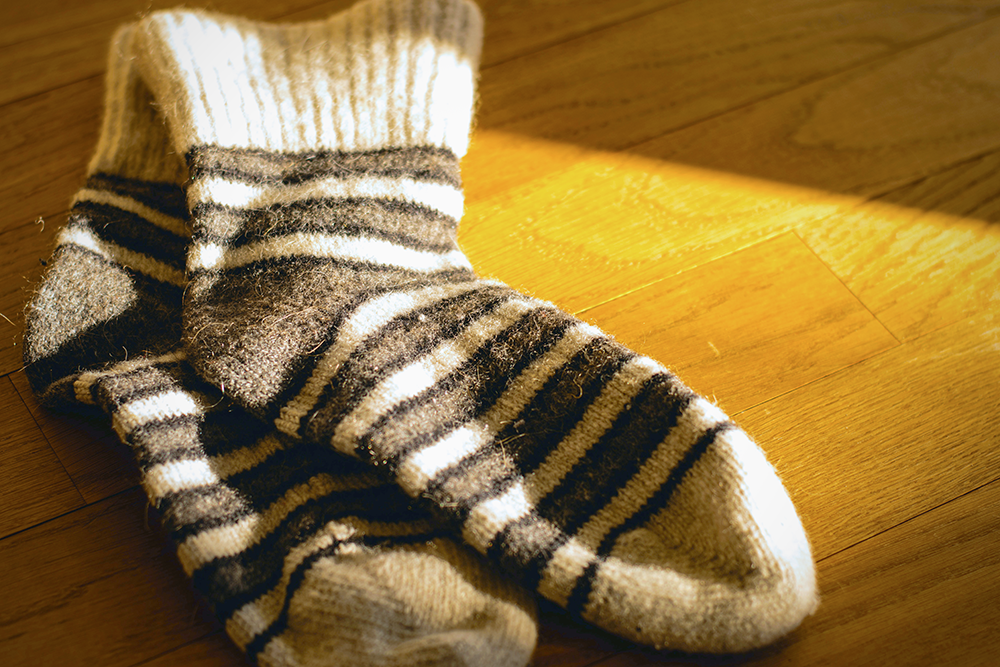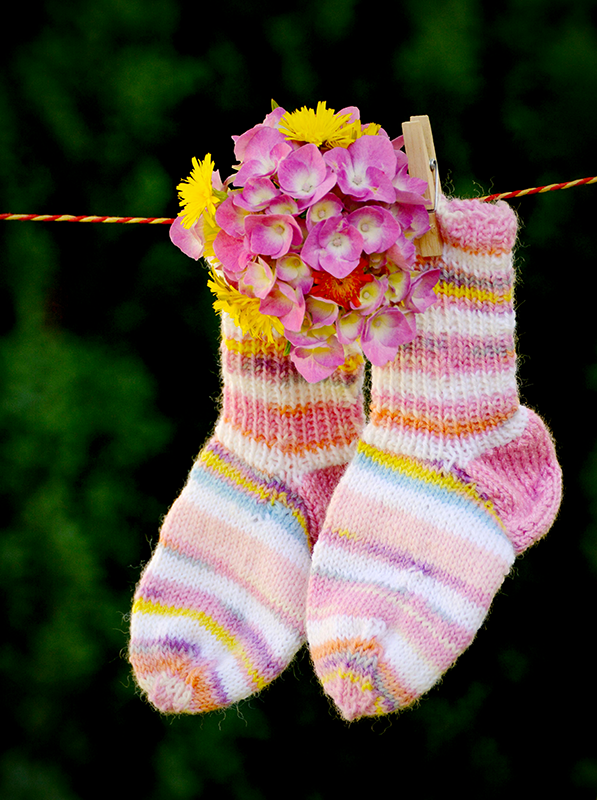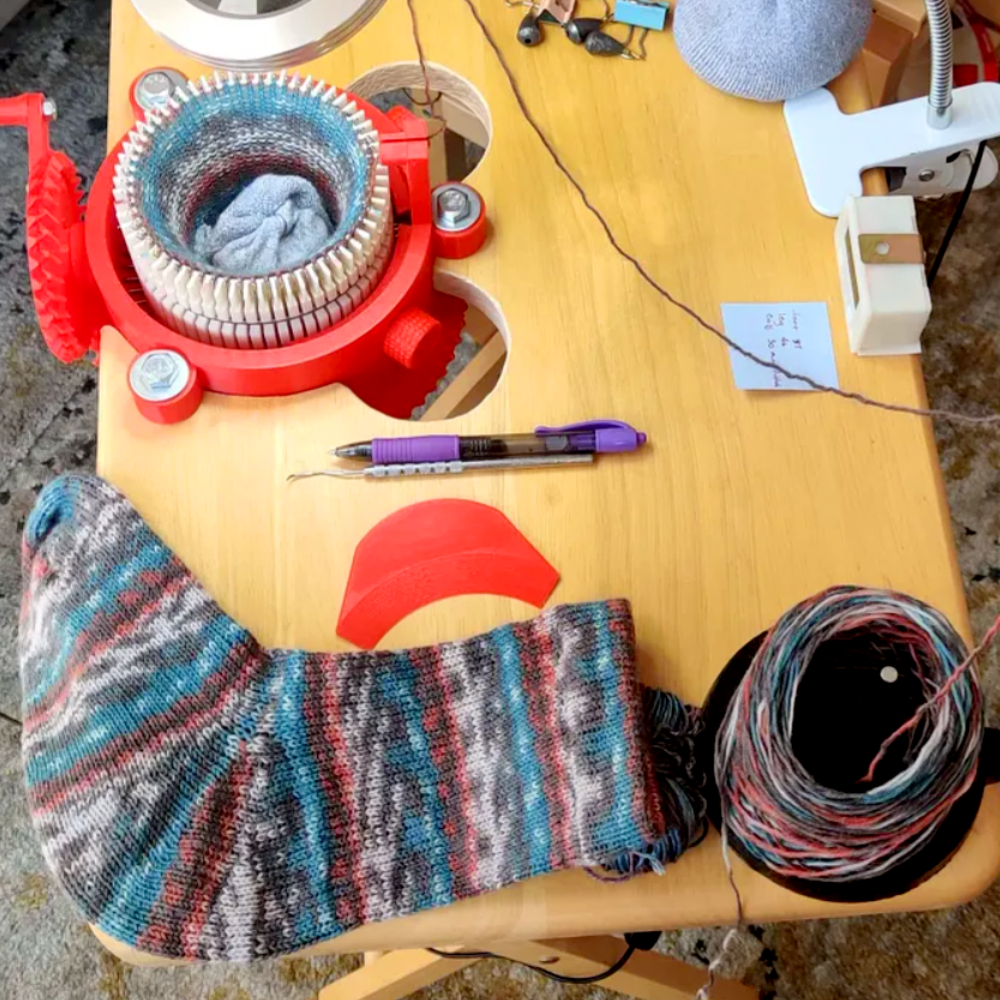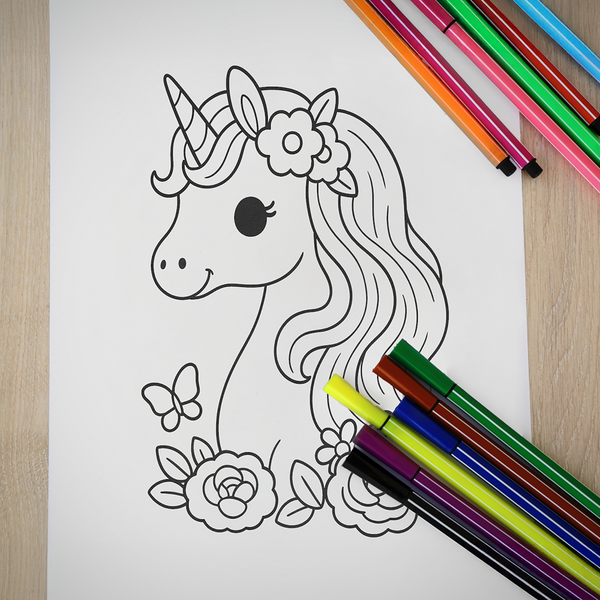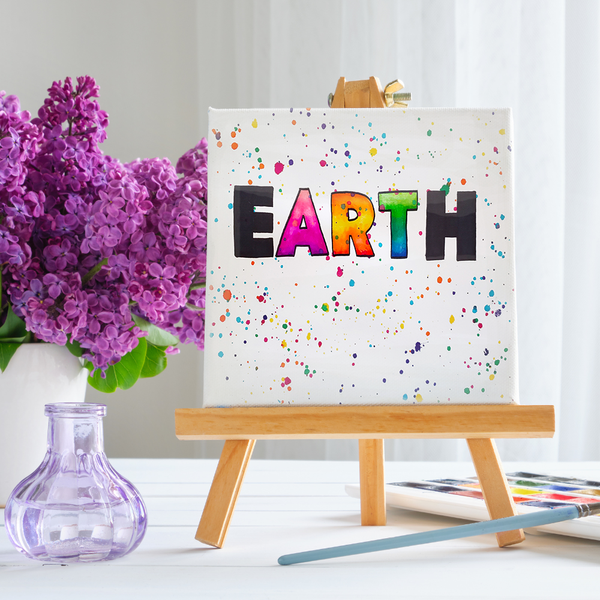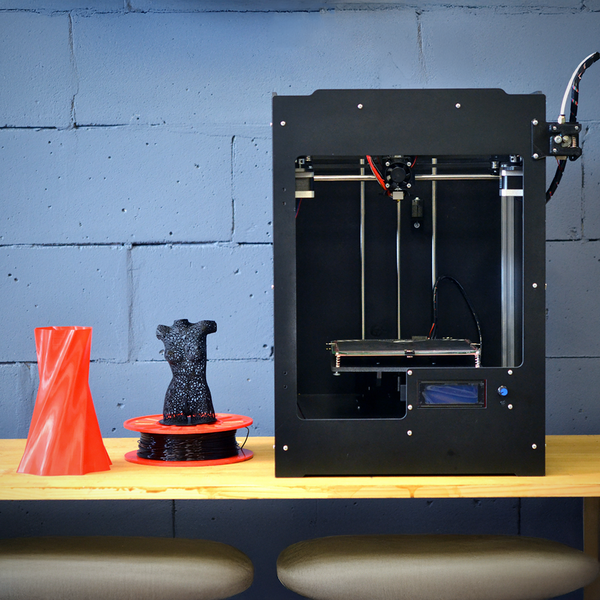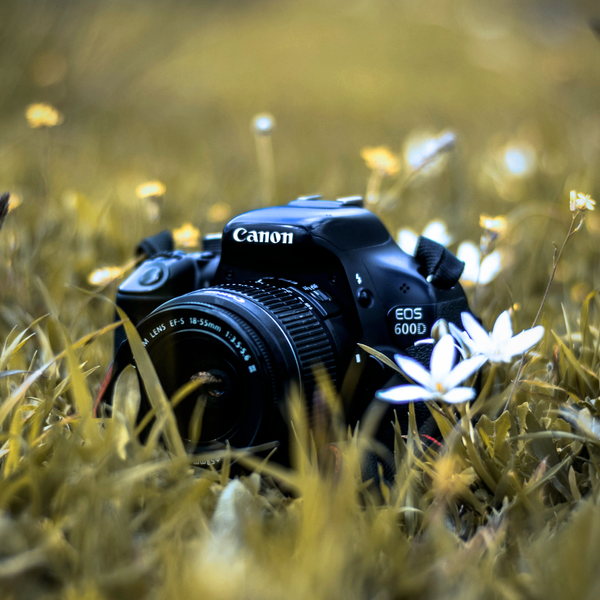Calling all sock fanatics!
You've knit sweaters, hats, and scarves - but have you ever tried to take your knitting skills to the next level and try your hand at crafting a pair of socks?
Do you want to make the perfect pair of socks in a fraction of the time it takes by hand?
It sounds too good to be true, but it's not!
With advances in knitting technology, sock making is now easier than ever.
Well if not, it's time to get ready for the future as we explore what is possible when it comes to knitting socks on a machine.
Making socks on a machine might sound complicated or intimidating at first - but fear not!
We'll walk through everything you need to know so that by the end of this post you will be well-prepared for the challenges that come with introducing yarn and knitting needles into an electronic world.
With our trusty guide in tow, let's jump in headfirst and dig deep into the thrilling new realm of creating quality handmade socks with ease.
Let's uncover everything there is to know about the exciting possibilities that come with using a knitting machine for creating your own beautiful tailor-made socks.
Make sure to grab a cup of warm cocoa and settle in as we explore the fascinating world of sock making with knitted machines; not only will you find out how achievable knitting socks can be on a machine, you'll also discover all the exciting ways that new advances have revolutionized this age-old craft and made it even more captivating than ever before.
Take off your shoes and get ready to dive into the wonderful world of sock crafting with machines – the future is here!
Key Takeaways:
- Knitting machines can be used to create socks, offering a faster alternative to hand knitting.
- Understanding the machine's settings, such as the ribber bed and main bed, is crucial for successful sock knitting.
- The quality of machine-knit socks is comparable to hand-knit ones, with various patterns and yarns available to customize your creations.
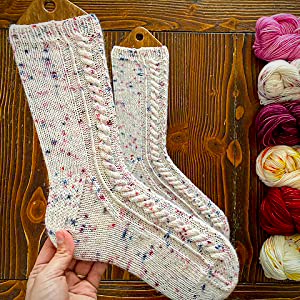
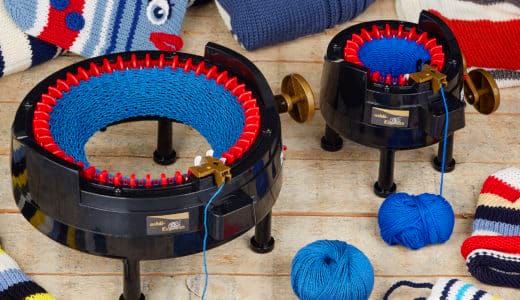
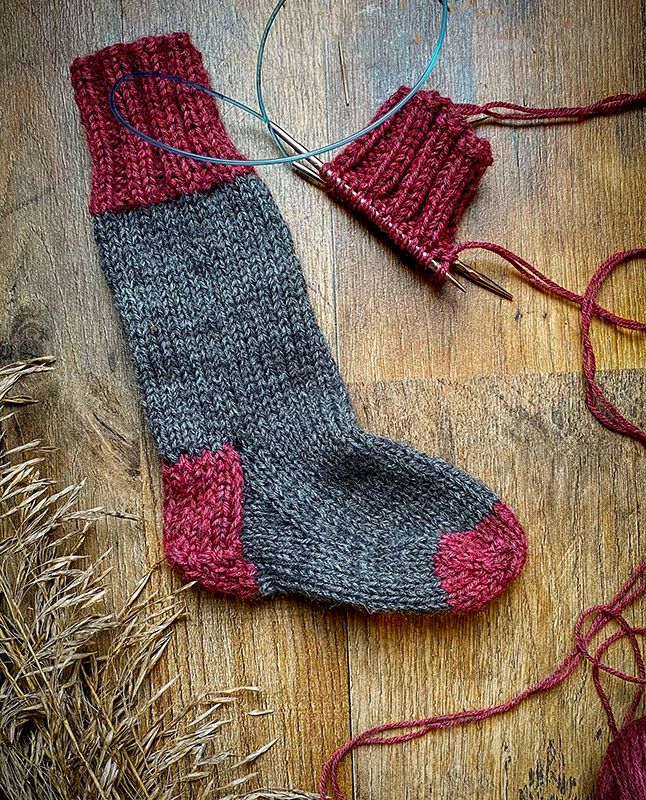
Knitting: A Traditional Craft with a Modern Twist
Knitting machines have been around for centuries, but most people still associate knitting with handcrafted sweaters and scarfs.
However, knitting machines are making a comeback and revolutionizing the way we create garments.
Knitting socks is a beloved pastime for many crafters, offering a way to create custom, cozy footwear for any season.
Knitting has been around for centuries, with archeological evidence dating back to as early as 11th century Egypt.
However, the introduction of knitting machines in the late 16th and early 17th century revolutionized the craft, making it more efficient and accessible to the masses.
Fast forward to today, and we can see a similar pattern emerging as new advances in knitting technology are once again changing the game.
With the advent of knitting machines, we can now create socks faster and more efficiently than ever before.
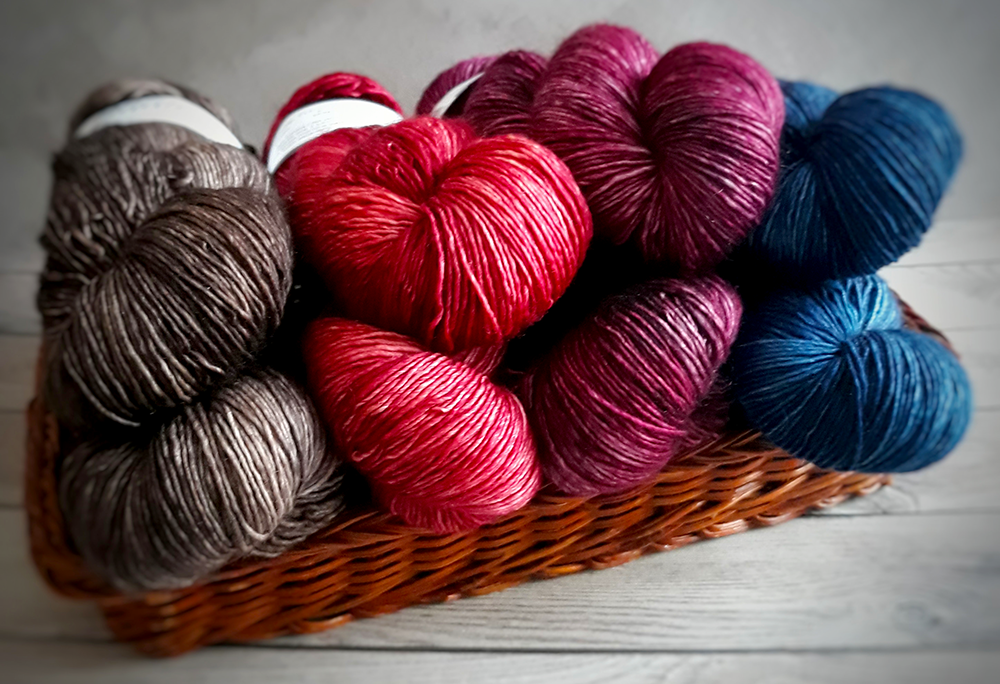
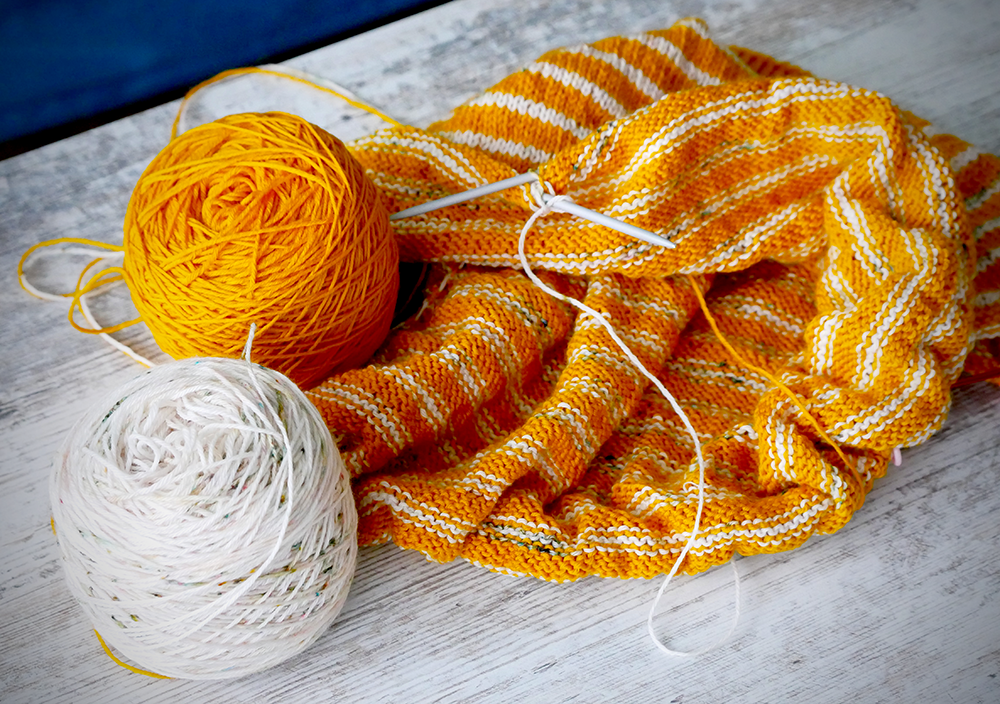

Understanding the Basics of Machine Knitting
Machine knitting opens up a new world of possibilities for knitters, allowing for faster production and consistent stitches.
Firstly, it's worth noting that there are different types of knitting machines- from hand-cranked machines to computerized knitting machines.
These machines use different techniques to create knitted fabrics and garments.
Knitting socks on a machine involves working with a small diameter, which can be tricky.
While standard knitting machines can be used to knit socks, machines with a ribber attachment are ideal for creating the ribbed cuffs commonly found on socks.
Some machines are also specifically designed for sock knitting.
When it comes to knitting socks, a knitting machine can be a valuable tool for both hobbyists and professionals.
The key to success lies in familiarizing yourself with the machine's components, such as the needles, ribber bed, and main bed.
Each machine may have slightly different settings and operations, so it's essential to read the manual or seek guidance from experienced knitters when first starting.
The ribber bed is responsible for creating the ribbing on the sock's cuff, while the main bed creates the rest of the sock.
It's crucial to adjust these settings correctly to ensure a well-fitting and comfortable sock.
As you become more familiar with the machine, you can experiment with different patterns and stitches to create unique designs.
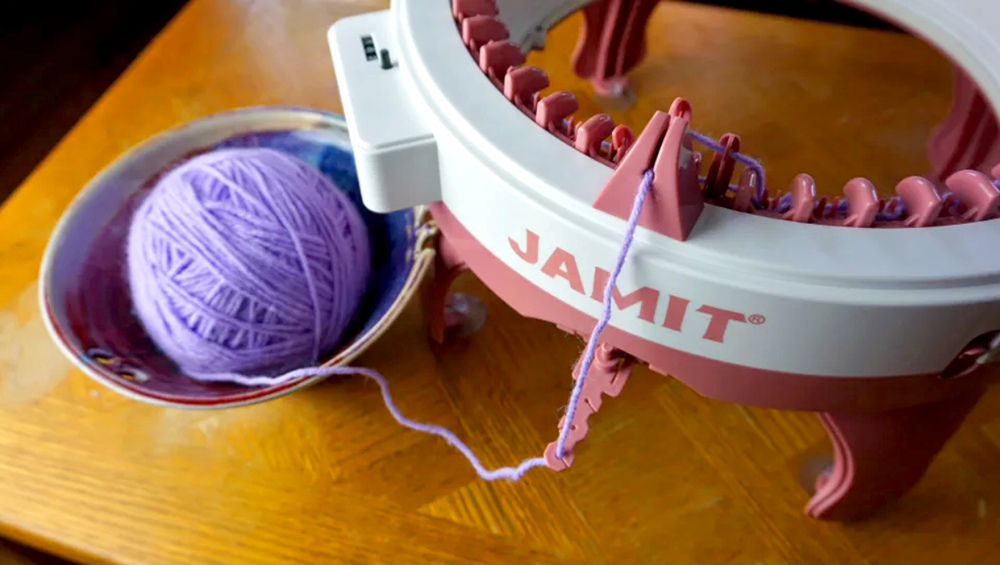
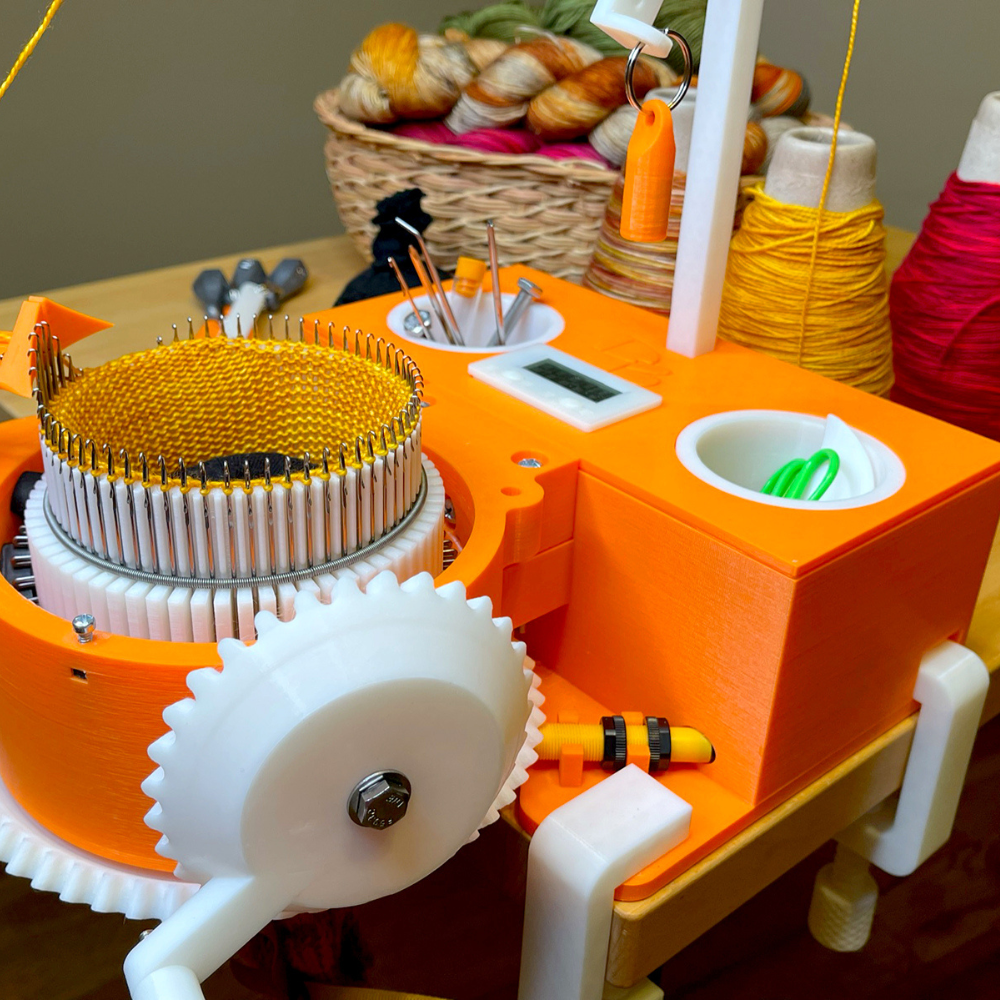
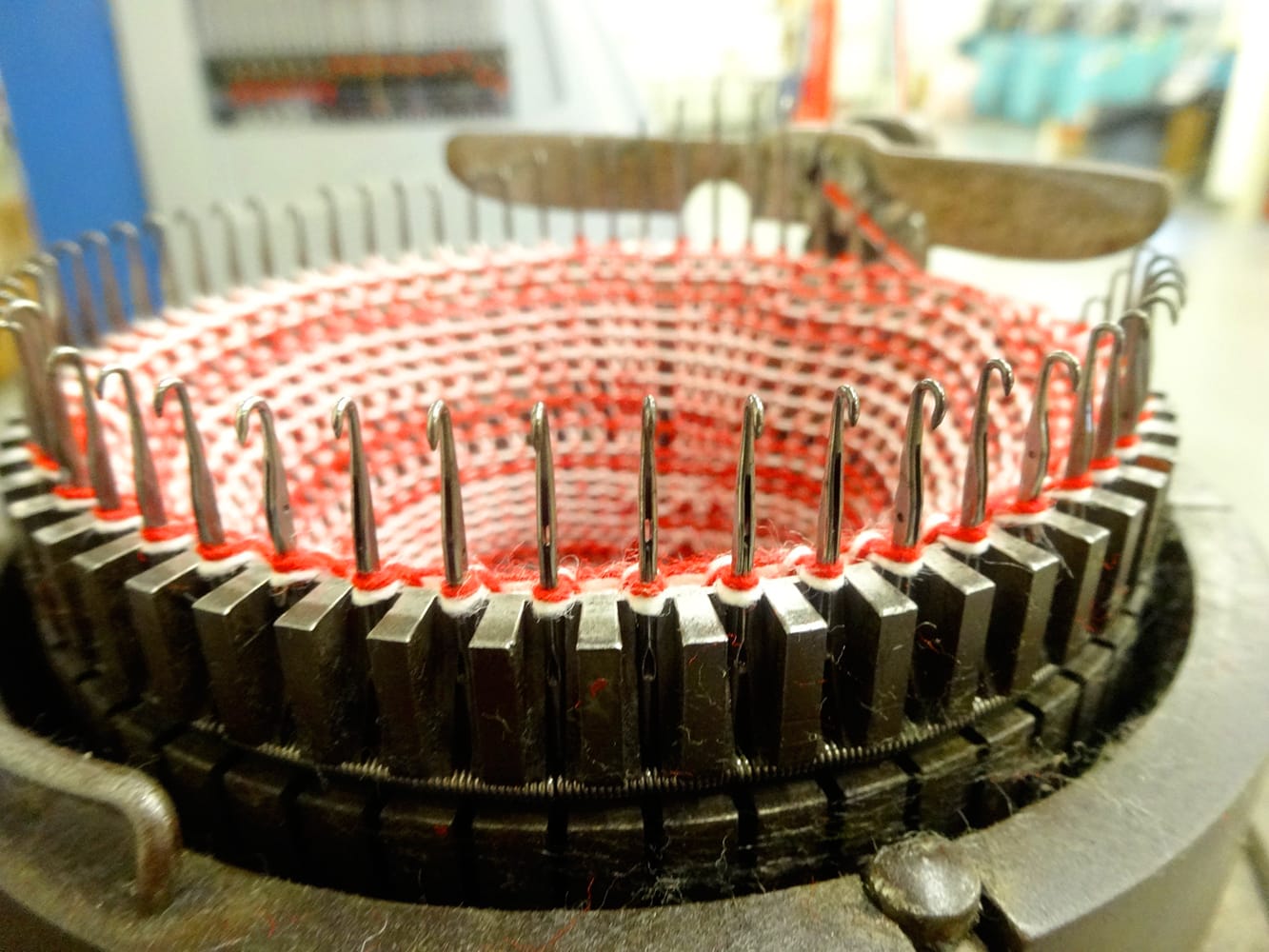
The Advantages of Knitting Socks on a Machine
While hand-knitted socks have their charm, they can be time-consuming and tedious to make.
Knitting machines offer several advantages that make sock making easier and more efficient:
- Speed: Knitting machines can produce socks at a much faster rate than hand knitting, making them an ideal option for those looking to create multiple pairs.
- Consistency: Machines can create consistent stitches and tension, resulting in a more professional-looking finished product.
- Customization: With the ability to adjust settings and use various types of yarn and patterns, the possibilities for unique sock designs are endless.
- Efficiency: Knitting machines can save time and effort by automating tasks like ribbing, decreasing the likelihood of mistakes or dropped stitches.
You can achieve a more consistent tension and gauge, which can be challenging with hand knitting.
Getting the right stitch and row count is crucial when knitting socks because you want them to fit well and be comfortable.
Knitting machines can help you achieve this consistency and ensure that your socks come out even and well-fitted.
With new advances in knitting technology, it's easier than ever to incorporate a machine into your sock-making process.
But don't worry, hand knitting will always have its place in the crafting world, and many knitters enjoy using both methods to create diverse and beautiful creations.
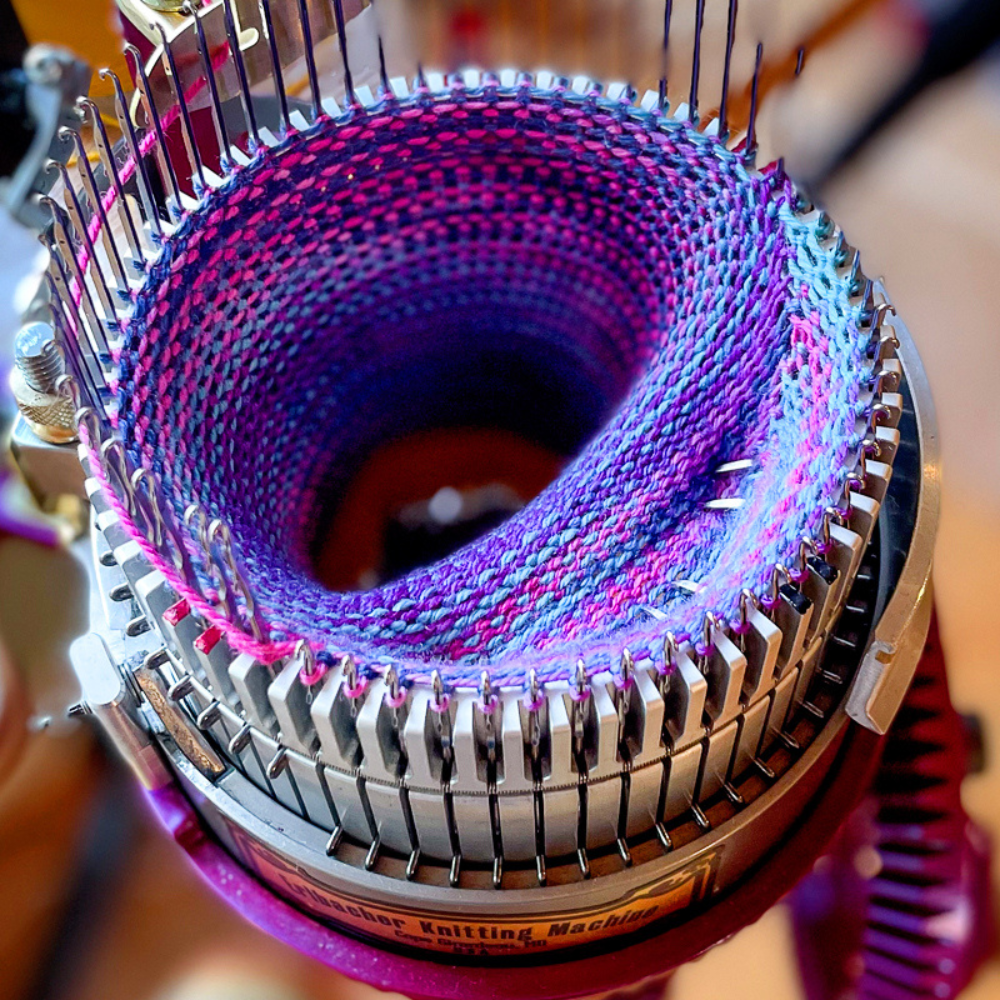

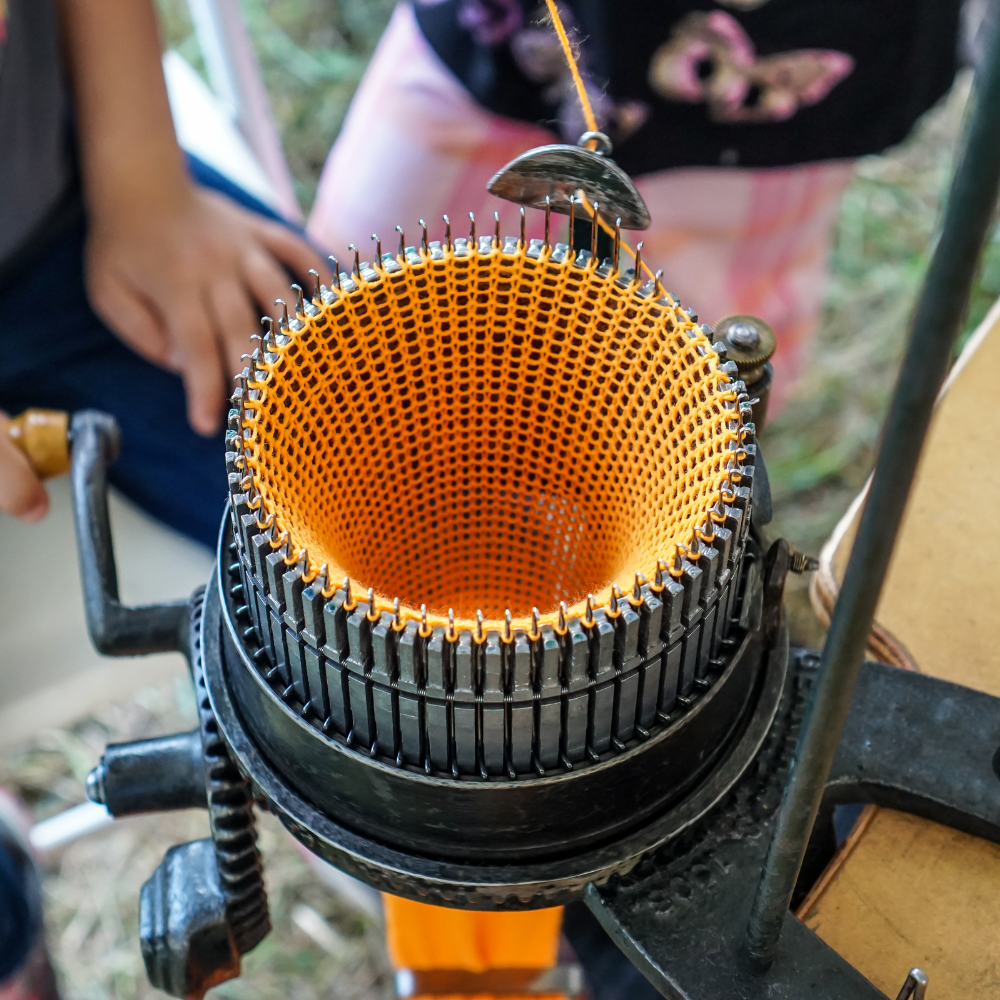
The Knitting Machine Setup and Supplies
Before diving into sock knitting, it's essential to set up your knitting machine correctly.
This involves selecting the appropriate needles and configuring the ribber bed for the cuff's ribbing.
The main bed will handle the bulk of the knitting, while the ribber bed adds the necessary elasticity for the sock's cuff.
Sock yarn is a critical component of machine-knit socks.
It needs to be durable, elastic, and comfortable to wear.
When selecting sock yarn for your project, consider the fiber content, yarn weights, and washability.
Yarns specifically labeled as "sock yarn" are often the best choice, as they're designed to withstand the wear and tear of daily use.
These types of yarn are typically more durable and have the elasticity needed for a comfortable, well-fitting sock.
Experimenting with different yarns can also lead to unique and exciting results.
Waste yarn is a temporary placeholder used in machine knitting to make certain processes easier, such as casting on or picking up stitches for the heel.
It's typically a contrasting color, which helps knitters easily identify and remove it once the final product is complete.
Waste yarn can also be used for testing tension and stitch patterns before committing to the main project's yarn.
Having a stockpile of waste yarn is always beneficial, as it can come in handy for various machine knitting projects.
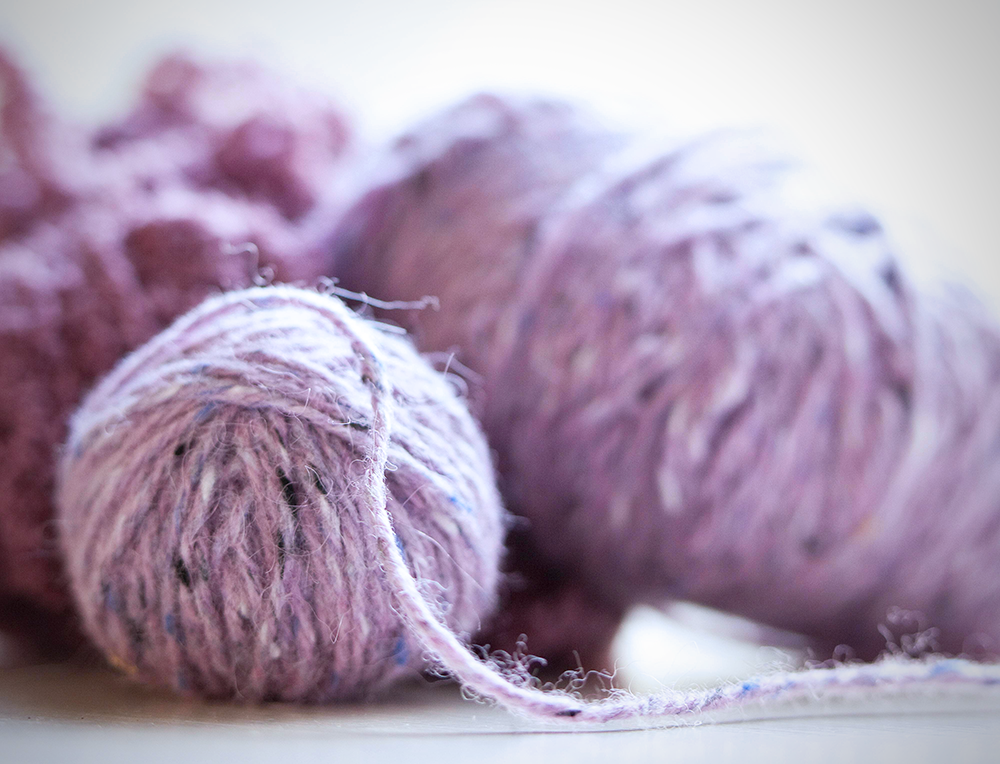
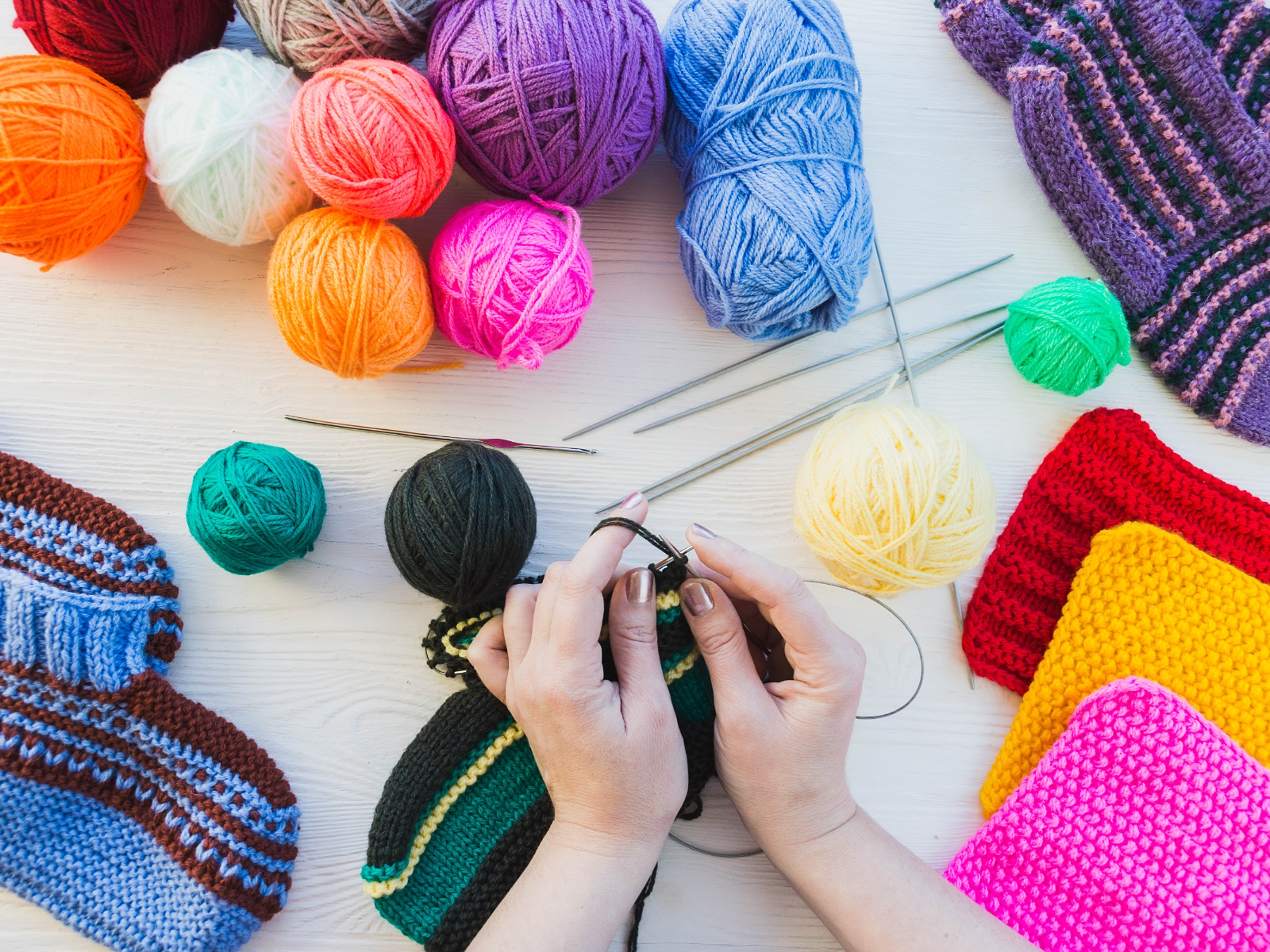
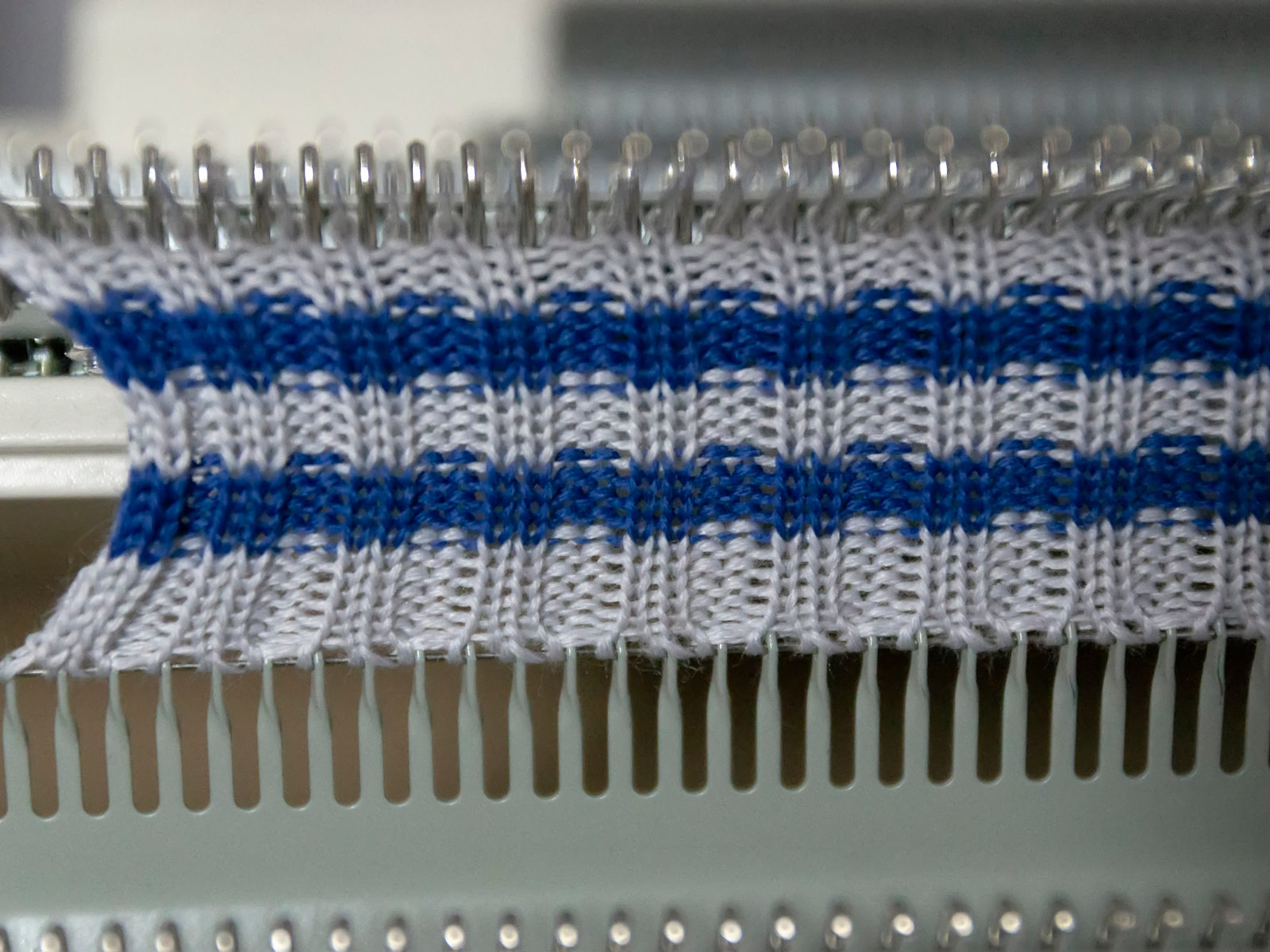
Knitting Your Own Socks
The first row, or cast-on, sets the foundation for your sock.
On a knitting machine, this process can be done using various methods, such as the e-wrap or the crochet cast-on.
Each method has its advantages, and the choice often depends on the knitter's preference and the pattern's requirements.
The cuff is the first part of the sock to be knitted.
It usually features ribbing, which provides stretch and helps keep the sock in place on the foot.
On a knitting machine, the ribber bed is used to create this ribbed texture, alternating between knit and purl stitches.
After the cuff, the sock transitions to the main body, which is typically worked in stockinette stitch.
This is where the main bed of the knitting machine comes into play, allowing for quick and even knitting of the sock's leg and foot sections.
The heel of a sock requires shaping to fit the foot comfortably.
Machine knitters often use the short row technique to create this curvature.
This involves partially knitting rows and then turning the work to create a wedge-shaped section that conforms to the heel.
The toe of the sock is another area that requires shaping.
Like the heel, the toe can be created using short rows.
Once the toe shaping is complete, a toe seam is often required to close the sock.
The kitchener stitch is a popular method for creating an invisible seam on a knitting machine.
The last stitch of a machine-knit sock needs to be secured to prevent unraveling.
This can be done by weaving in the end with a tapestry needle or using a specialized technique to bind off the last stitch on the machine.
Once the knitting is complete, it's time to remove the sock from the machine.
This involves carefully taking off the waste yarn and ensuring that all live stitches are secured.
The sock may also require some hand finishing, such as sewing the toe seam if it wasn't done on the machine.
Once this is complete, your sock is ready to be worn or gifted to a lucky recipient.
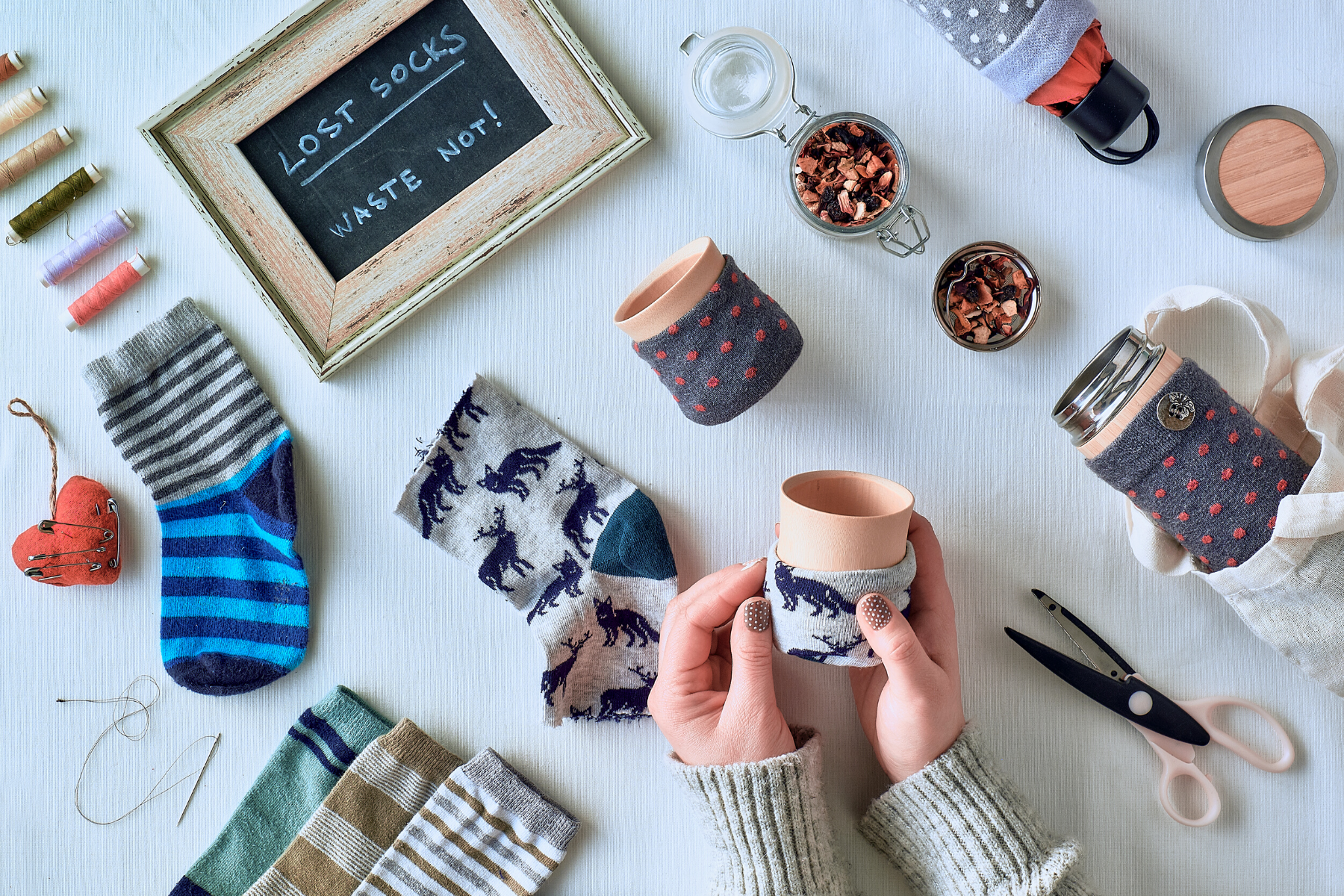
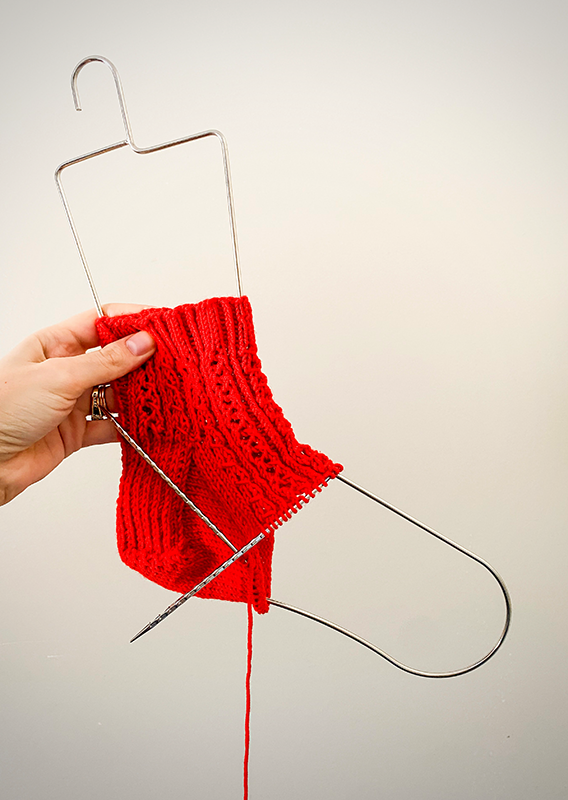
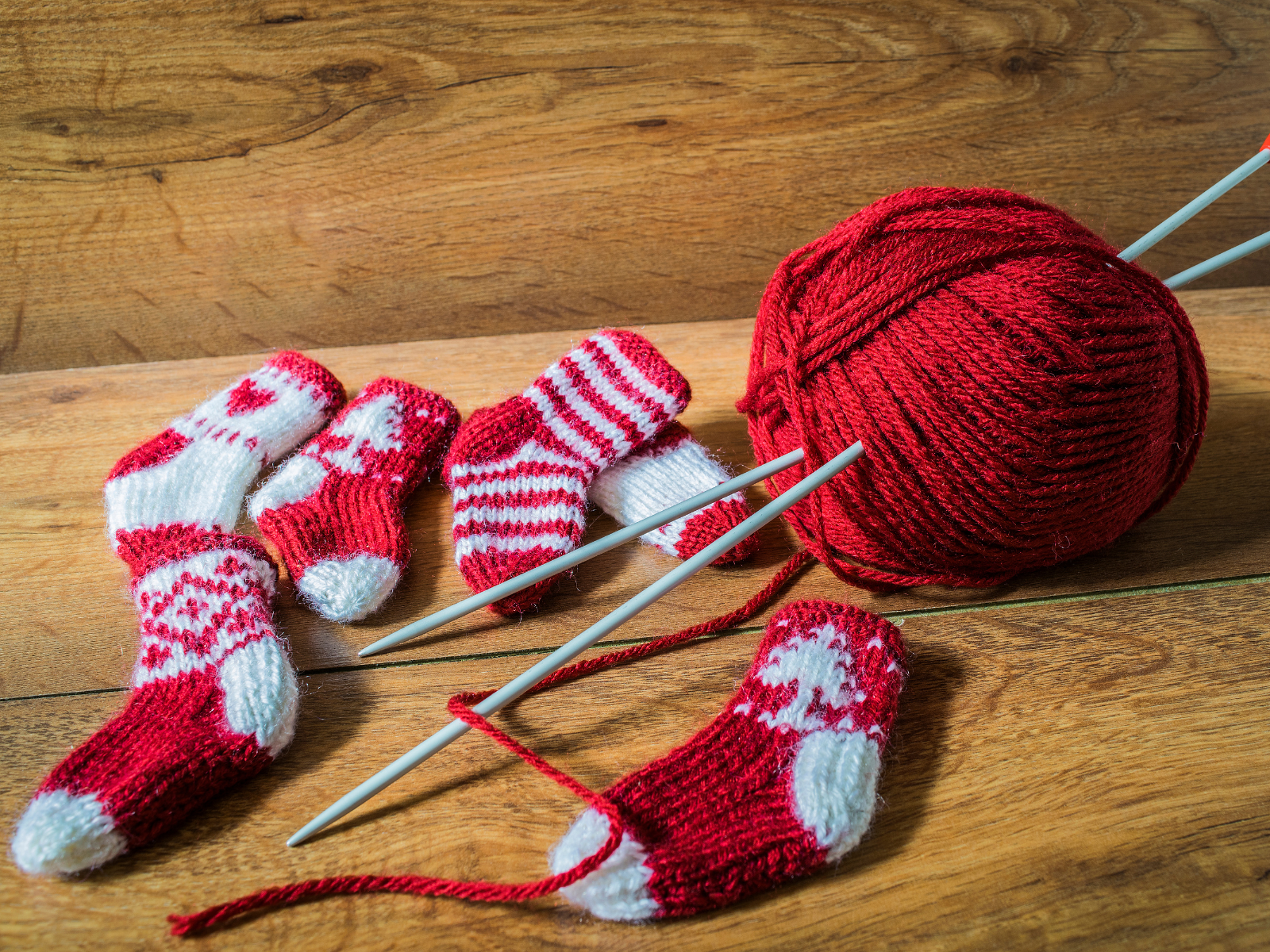
Streamlining the Removal of Waste Yarn
The process to remove cast-on waste yarn can be a delicate task, but with the right approach, it can be streamlined to improve efficiency.
The key is to use a contrasting color of waste yarn that is easy to identify and separate from the actual sock yarn.
This visual cue simplifies the removal process, allowing knitters to quickly slide out the waste yarn without snagging the knits.
Additionally, using a crochet hook or a similar tool can help lift and pull the waste yarn without stretching or distorting the stitches.
In the context of machine knitting, where time is often of the essence, the ability to swiftly remove waste yarn means more time can be spent on the creative aspects of sock production, such as spinning new yarns or experimenting with color combinations.
For those who dread the finishing steps, this efficiency can transform the experience, making it less of a chore and more of an enjoyable part of the knitting process.
As a result, knitters can focus on perfecting their craft and producing socks that are not only beautiful but also constructed with precision and care.
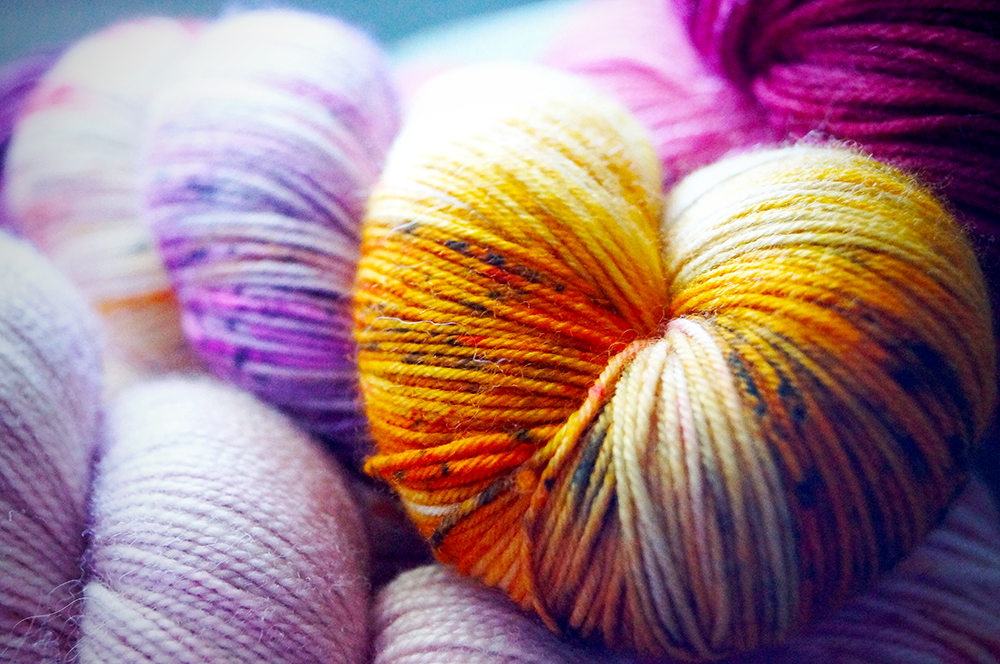
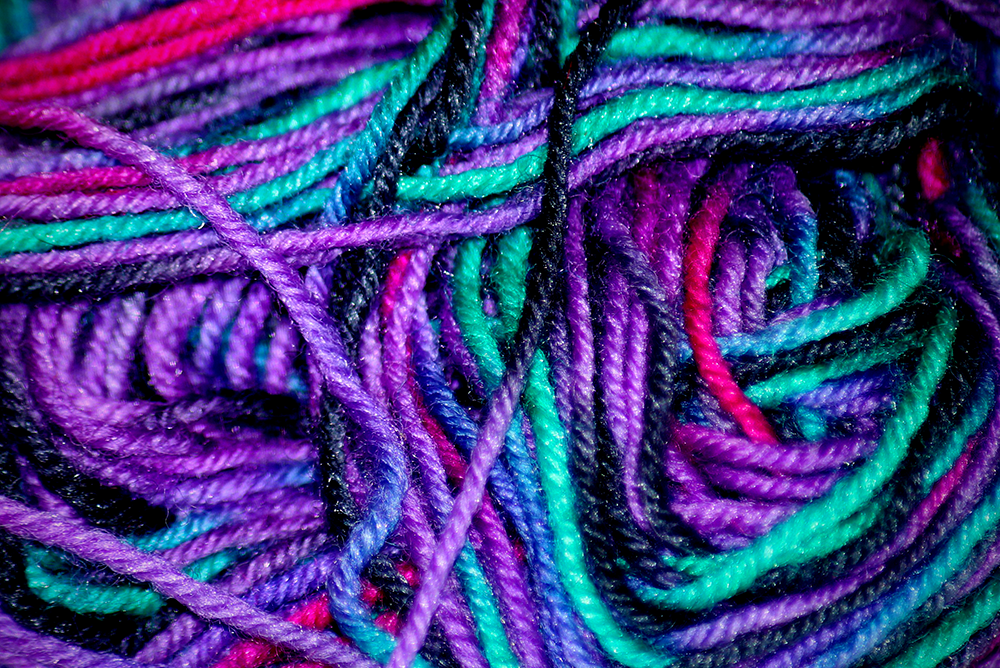
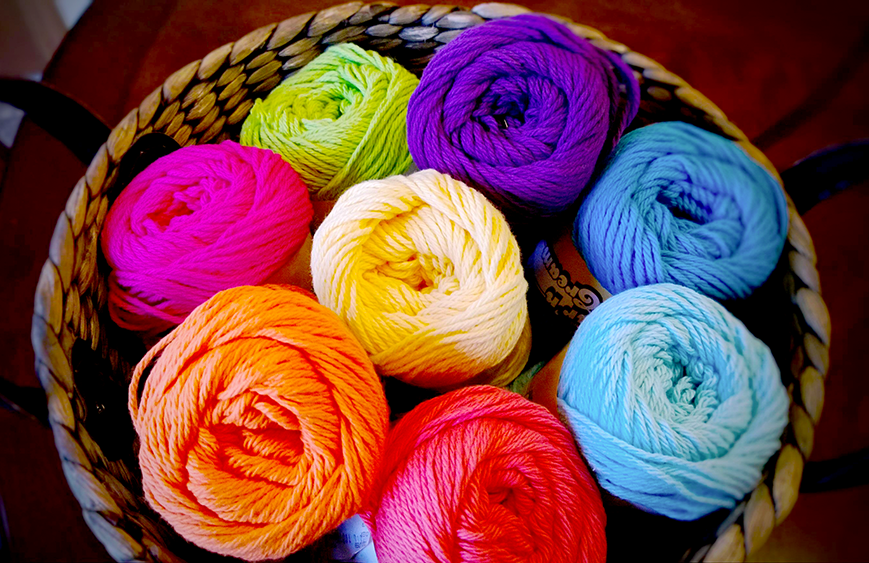
Customization and the Importance of Blocking
One of the joys of knitting socks is the ability to customize them with different patterns and colors.
Machine knitting offers a range of possibilities, from simple stripes to intricate fair isle designs.
By changing yarns and adjusting machine settings, you can create a unique pair of socks that reflect your personal style.
Alternatively, you can use a pattern and follow it exactly to create an exact replica of the designer's vision.
However, regardless of how well-constructed your sock is, blocking is a crucial step in completing any knitting project.
Blocking is the process of shaping and setting the stitches of your knitted sock.
It's an essential step in finishing, as it evens out the stitches, relaxes the fibers, and gives the sock its final shape.
This can be done using blocking wires, pins, and a blocking mat.
Blocking also allows for the sock to stretch and conform to the foot's shape, resulting in a more comfortable fit.
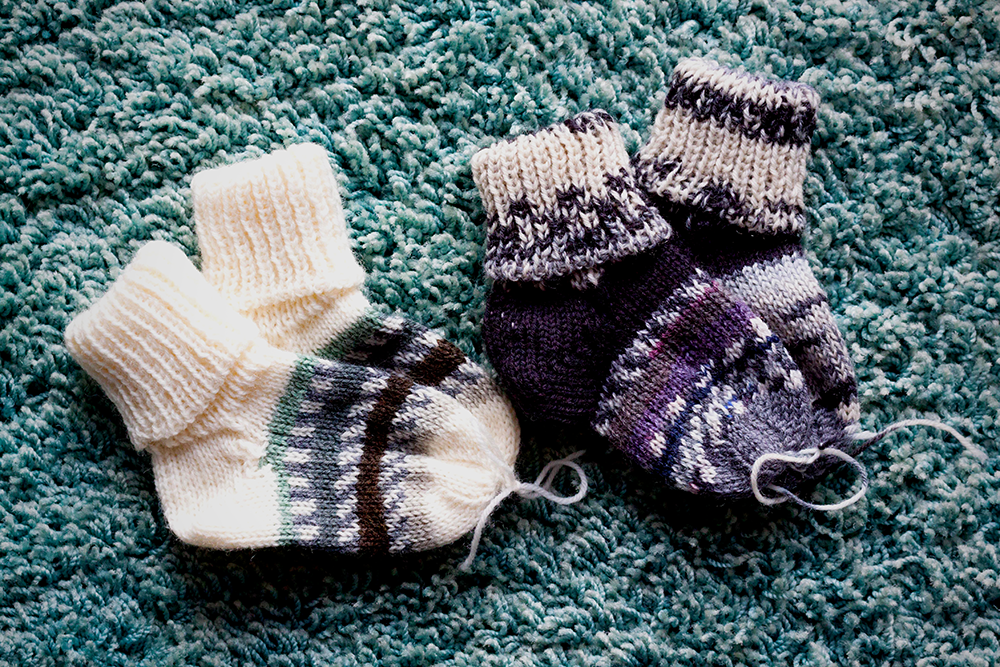
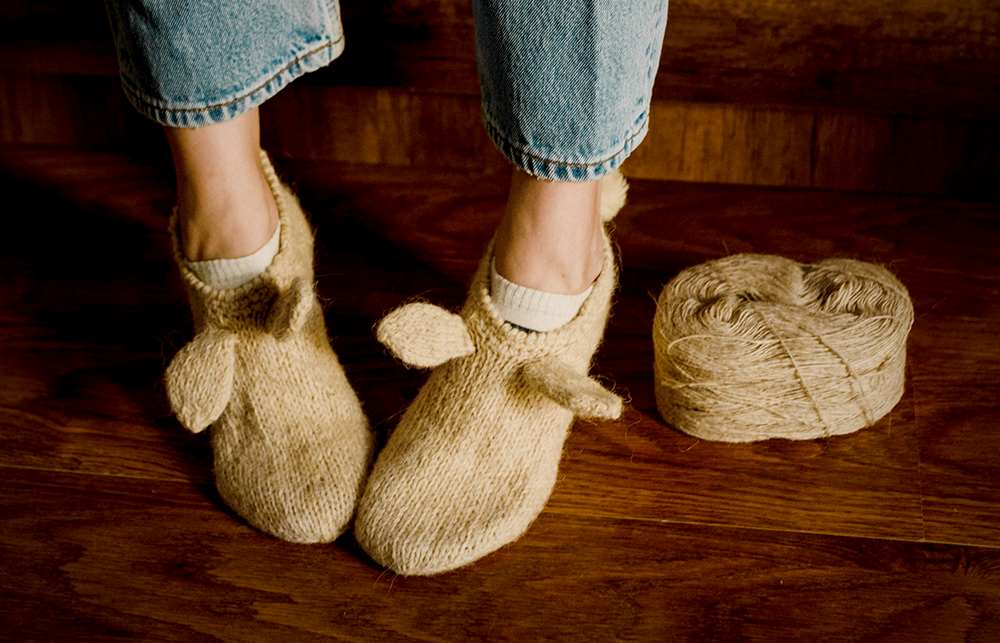

Advanced Techniques for Sock Insides
When it comes to creating the perfect sock inside, advanced machine knitting techniques can make all the difference.
By mastering the art of fine-tuning tension and selecting the appropriate stitch patterns, knitters can ensure that the inside of the sock is as comfortable as it is durable.
This is particularly important in areas where friction is common, such as under the toes and the heel.
A smooth finish on the inside means less irritation for the wearer and a more professional look for the finished product.
Moreover, for those who find the finishing process time-consuming, learning to automate as many steps as possible can be a game-changer.
Techniques such as tubular cast-ons and bind-offs can create stretchy, seamless edges that enhance the comfort of the sock inside.
By reducing the need to manually sew or weave in ends, machine knitters can save time while still producing high-quality results.
This efficiency is especially beneficial when knitting multiple pairs of socks or working on intricate patterns that require more attention to detail.
With practice and experimentation, machine knitters can refine their techniques to create socks that look and feel professionally made.
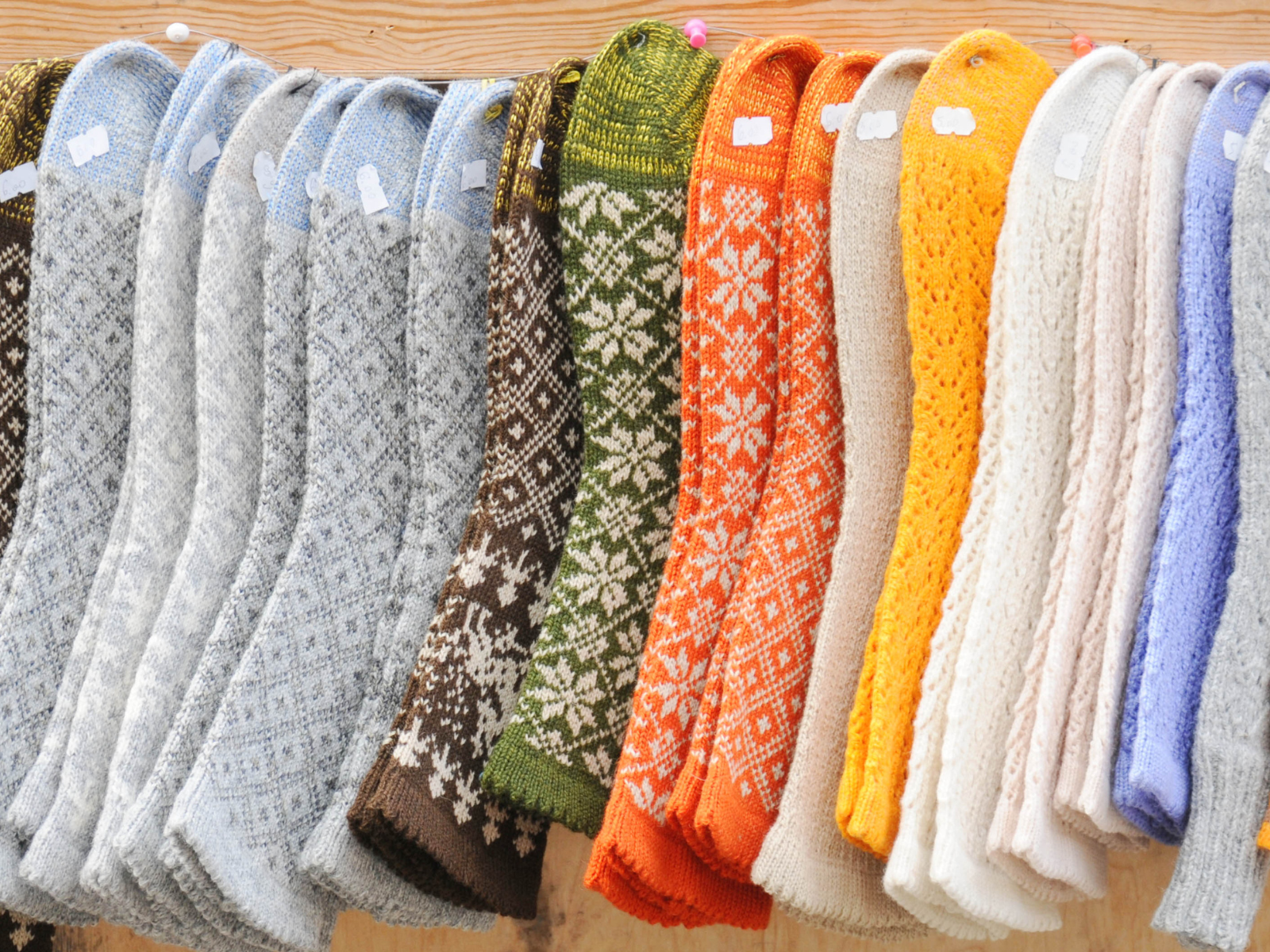
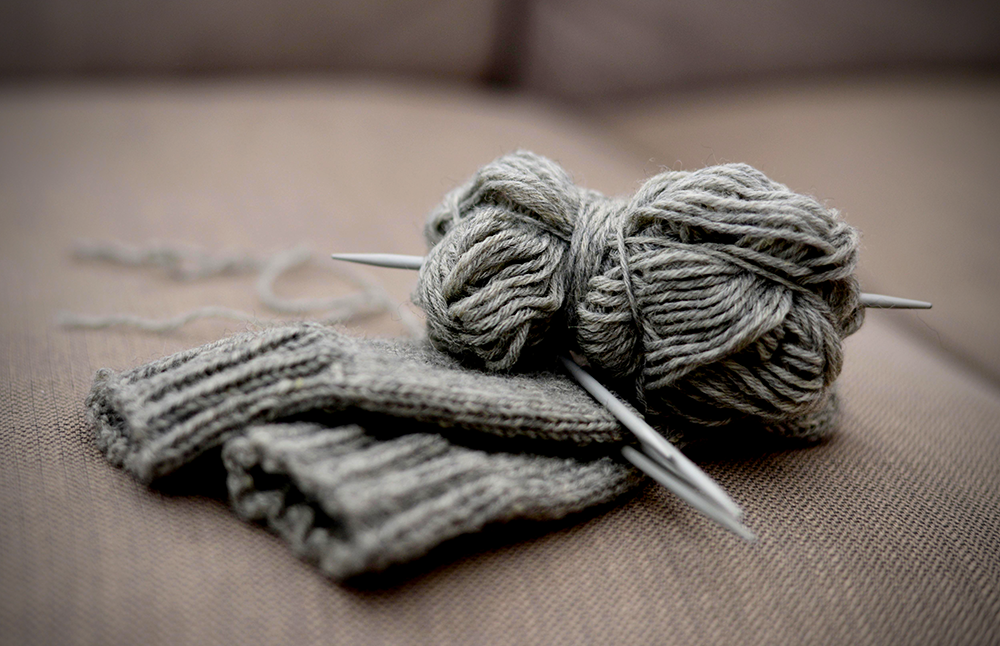

Troubleshooting Common Issues
Even experienced knitters can encounter issues when machine knitting socks.
Common problems include dropped stitches, tension inconsistencies, and difficulties with the ribber bed.
Learning to troubleshoot these issues will help ensure a smooth knitting experience and a high-quality finished product.
Some common solutions include using a claw weight to prevent dropped stitches and checking the tension regularly throughout the knitting process.
If you encounter issues with the ribber bed, double-checking its settings and adjusting them as needed may help.
Furthermore, seeking advice from other machine knitters or joining online communities can be invaluable resources for troubleshooting and improving your skills.
Joining the community of machine knitters can provide support, inspiration, and a wealth of knowledge.
Whether through online forums, local clubs, or social media groups, connecting with fellow machine knitters can enrich your crafting journey.
By sharing tips and techniques, knitters can learn from each other's experiences and find solutions to their knitting challenges.
For those new to machine knitting, there are also numerous resources available to help you learn.
Books, video tutorials, and workshops can provide step-by-step guidance on everything from setting up your machine to completing your first pair of socks.
With practice and patience, you can become a skilled machine knitter and enjoy all the benefits it has to offer.
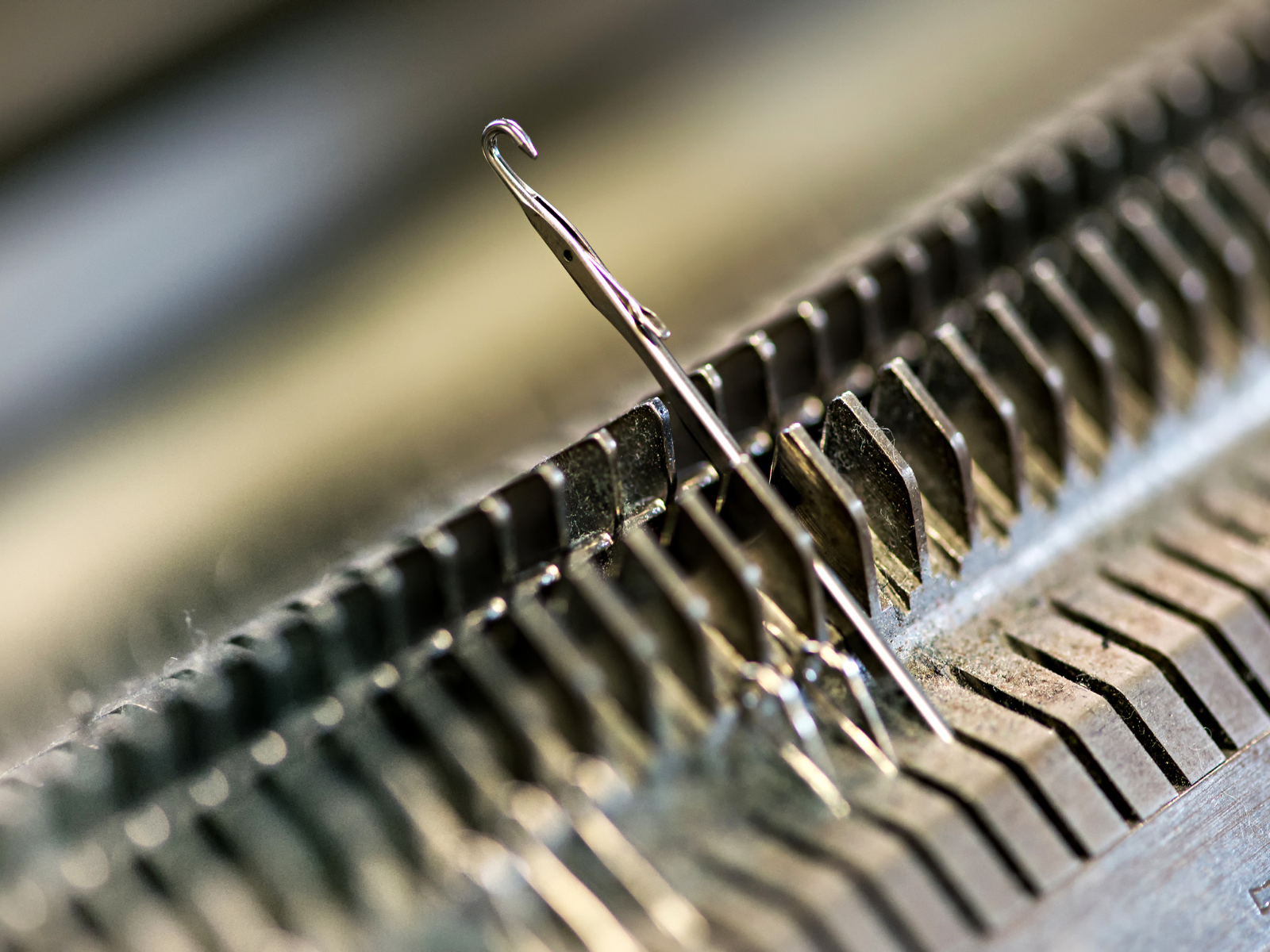

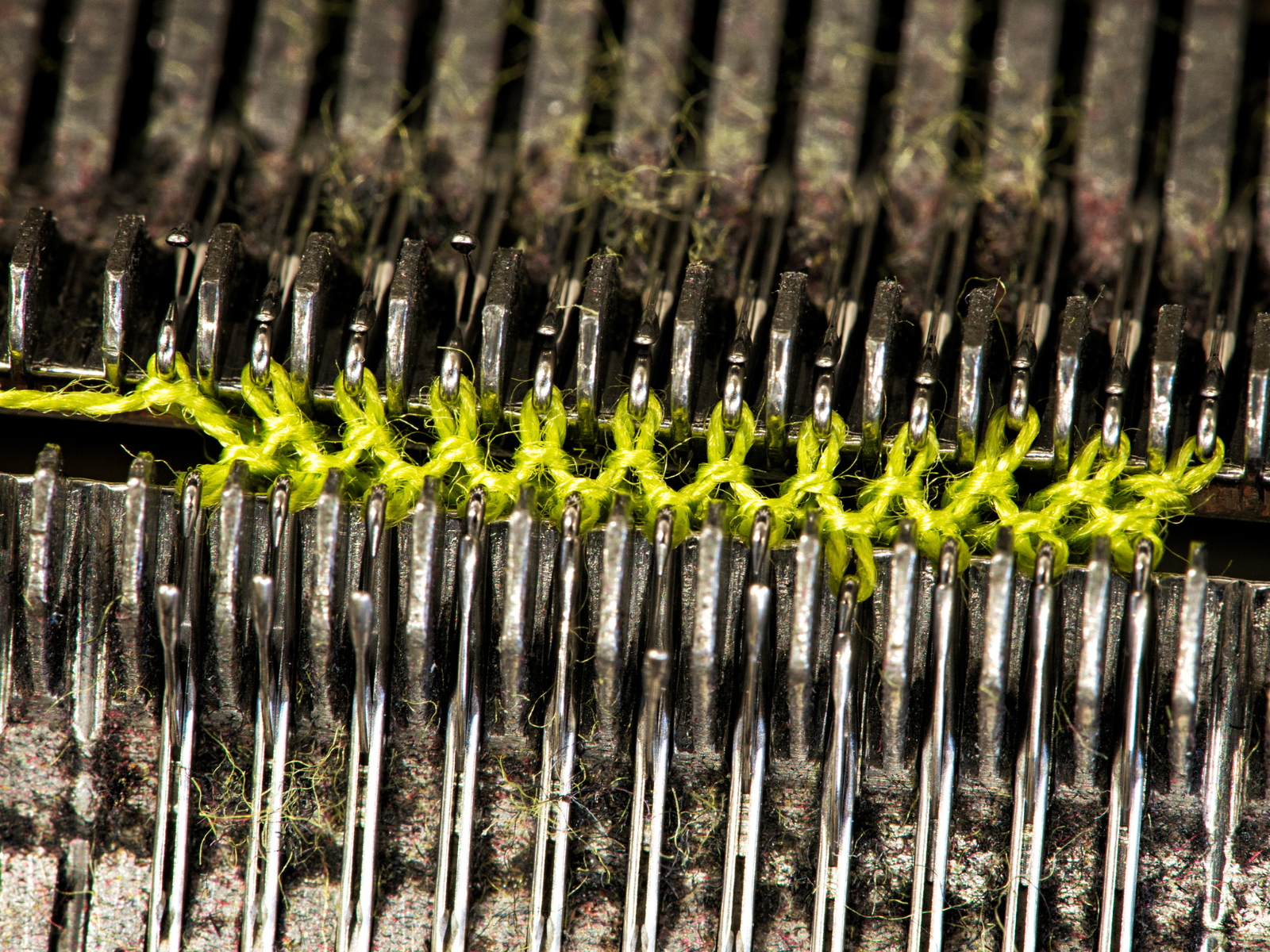
Durability and Comfort of Machine Knit Socks
Machine-knit socks are not only quick to make but also durable and comfortable.
The even tension and consistent stitches provided by the machine contribute to a well-fitting and long-lasting pair of socks that you'll be proud to wear or give as a gift.
By experimenting with different yarns and patterns, you can create unique designs while still ensuring the socks are comfortable and durable enough for everyday wear.
The ability to customize your sock's inside using advanced techniques also adds to its comfort, making it a joy to wear.
With proper care, machine-knit socks can last for years, providing warmth and style for any occasion.
The process of machine knitting socks can be incredibly satisfying.
From casting on the first row to sliding the finished pair onto your feet, the journey is filled with moments of creativity and accomplishment.
Happy knitting indeed!
Whether you're a seasoned machine knitter or new to the craft, try your hand at creating your own comfortable and stylish socks on a knitting machine.
With practice and experimentation, you'll find yourself producing high-quality, unique creations that can't be found in stores.
Let the speed, consistency, customization, efficiency of machine knitting enhance your crafting experience and take your sock-making to the next level.
Plus, machine knitting can also have a positive environmental impact.
By choosing sustainable yarns and reducing production waste, knitters can create eco-friendly socks that are both beautiful and kind to the planet.
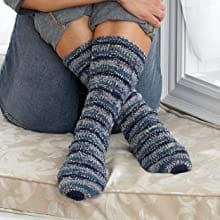
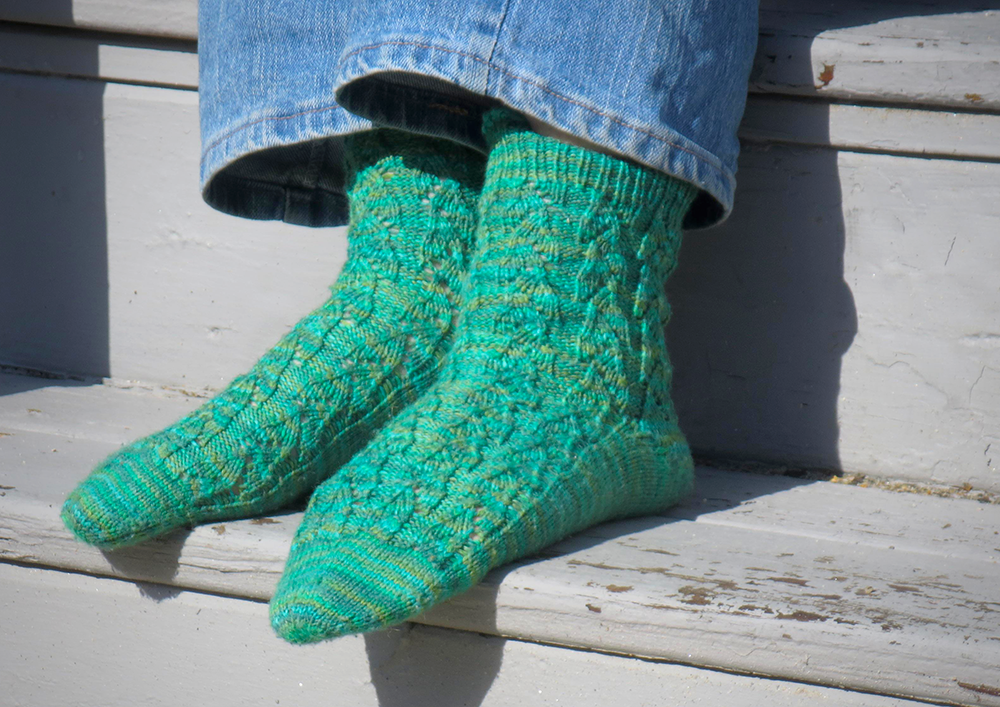
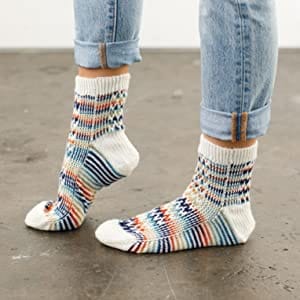
Adding Machine Knitting into Your Repertoire
If you're a hand knitter looking to expand your skills, incorporating machine knitting into your repertoire can be a rewarding challenge.
It offers a new way to approach familiar projects like socks, and can enhance your overall knitting knowledge and experience.
Moreover, it can be a valuable tool for those who wish to produce larger quantities of knitted items, such as for gifts or even small businesses.
One thing to note is that knitting machines don't entirely replace hand knitting.
There will always be a place for the art of hand knitting, and some people prefer the tactile experience of creating something with their own hands.
In addition, knitting machines can be expensive, ranging from a few hundred to several thousand dollars.
However, for those who want to create socks quickly and efficiently, knitting machines may be the way forward.
They save time and allow you to create multiple socks with the same design effortlessly.
Plus, using a knitting machine doesn't mean that you have to compromise on creativity.
You can still experiment with different colors, yarns, and patterns to make your socks unique.
By mastering machine knitting techniques, you can add diversity to your crafting and create unique pieces that stand out.
With the right setup, supplies, and techniques, you'll be well on your way to producing beautiful, comfortable, and durable socks on a knitting machine.
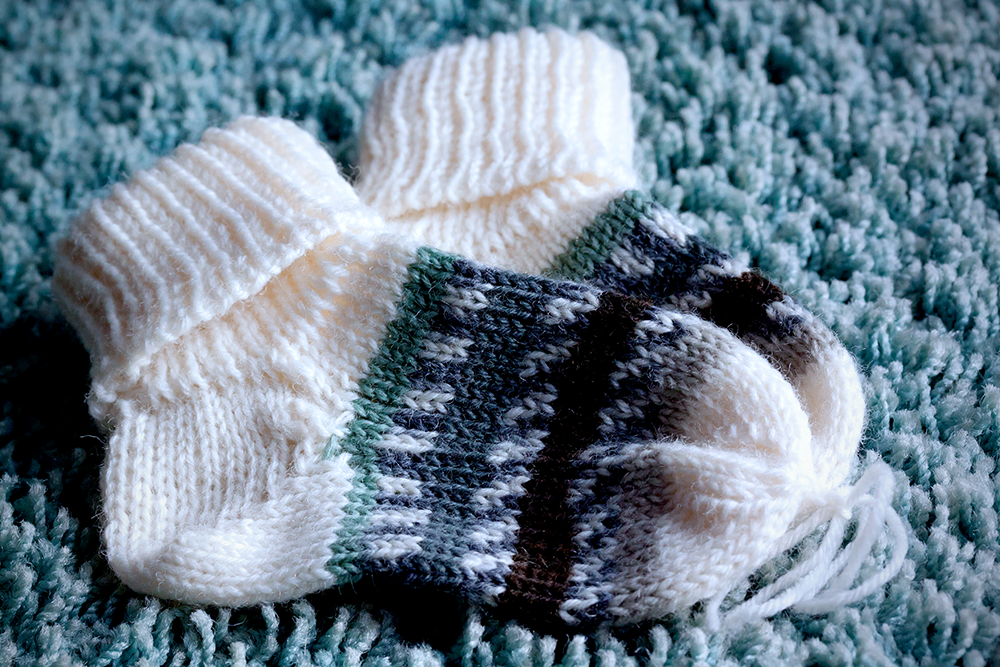
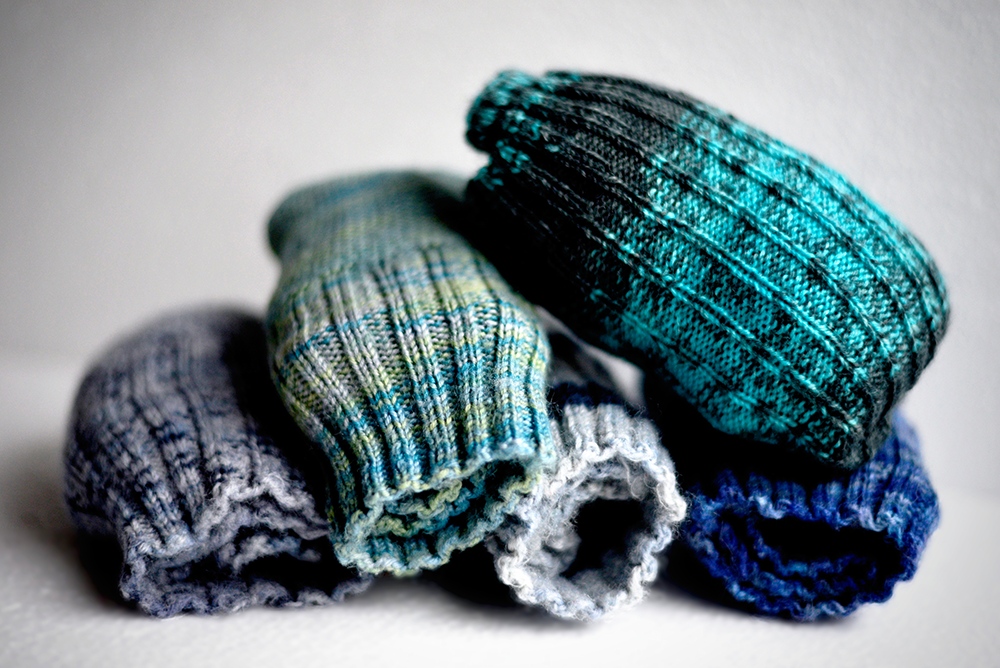
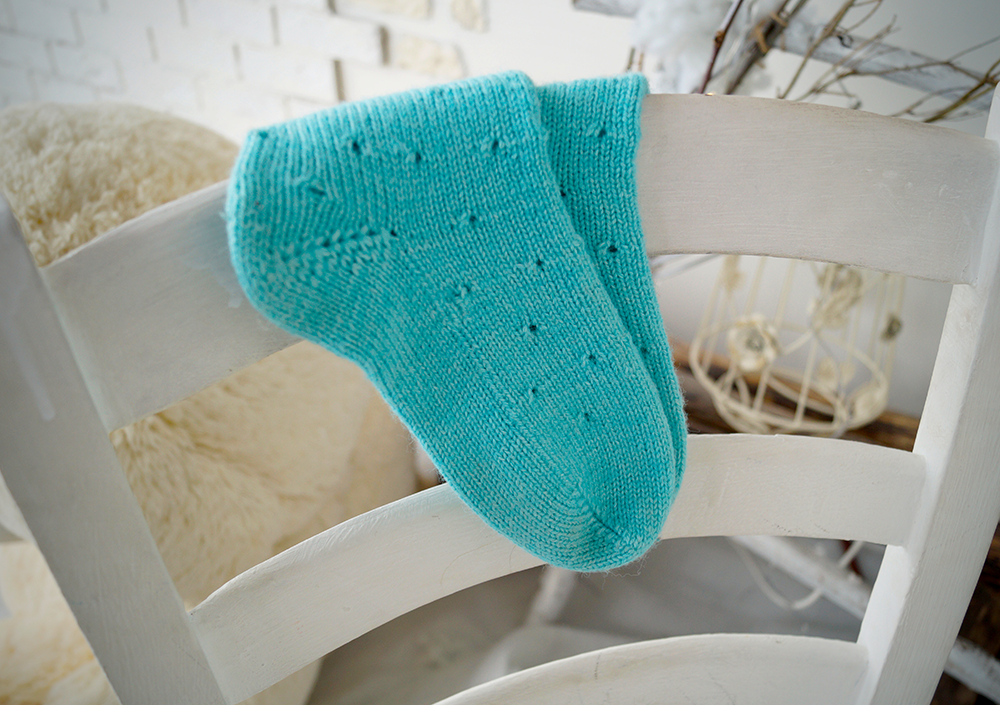
Tips for Knitting Socks on a Machine
Now that we have a basic understanding of machine knitting, let's dive into some knitting tips that will help you create the perfect pair of socks with ease.
- Make sure to use the right yarn weight and tension for your machine.
- Familiarize yourself with the different settings on your machine, such as stitch size, stitch type, and ribber settings.
- When using a pattern, double-check the instructions to ensure they are compatible with machine knitting.
- Use waste yarn that is easy to identify and remove when casting on for the cuff of your sock.
- Take regular breaks to check and adjust tension as needed.
- Practice different methods for shaping heels and toes to find what works best for you.
- Use blocking techniques to shape and set your socks' stitches for a professional finish.
By following these tips, you'll be well on your way to becoming a machine knitting pro!
Why not give it a try and add this valuable skill to your knitting repertoire?
You may just discover a new passion for creating unique, comfortable, and stylish socks with a knitting machine.
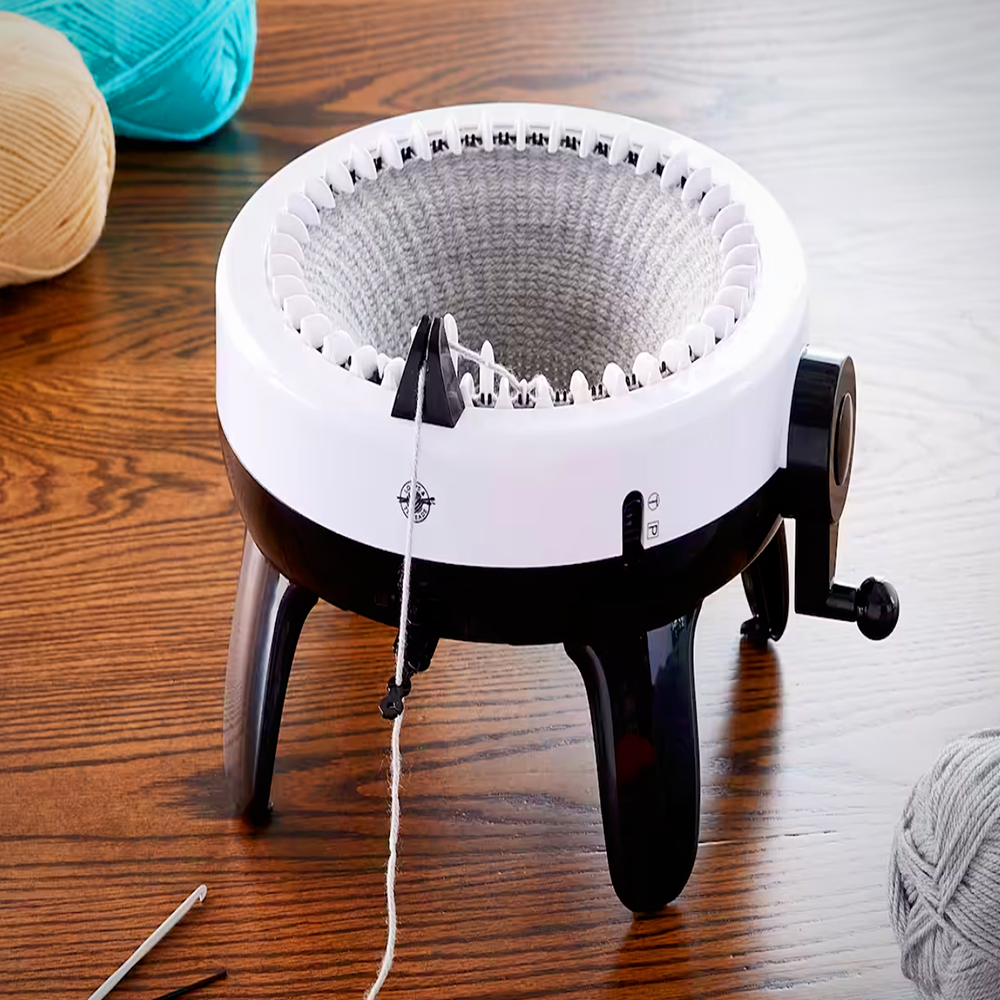
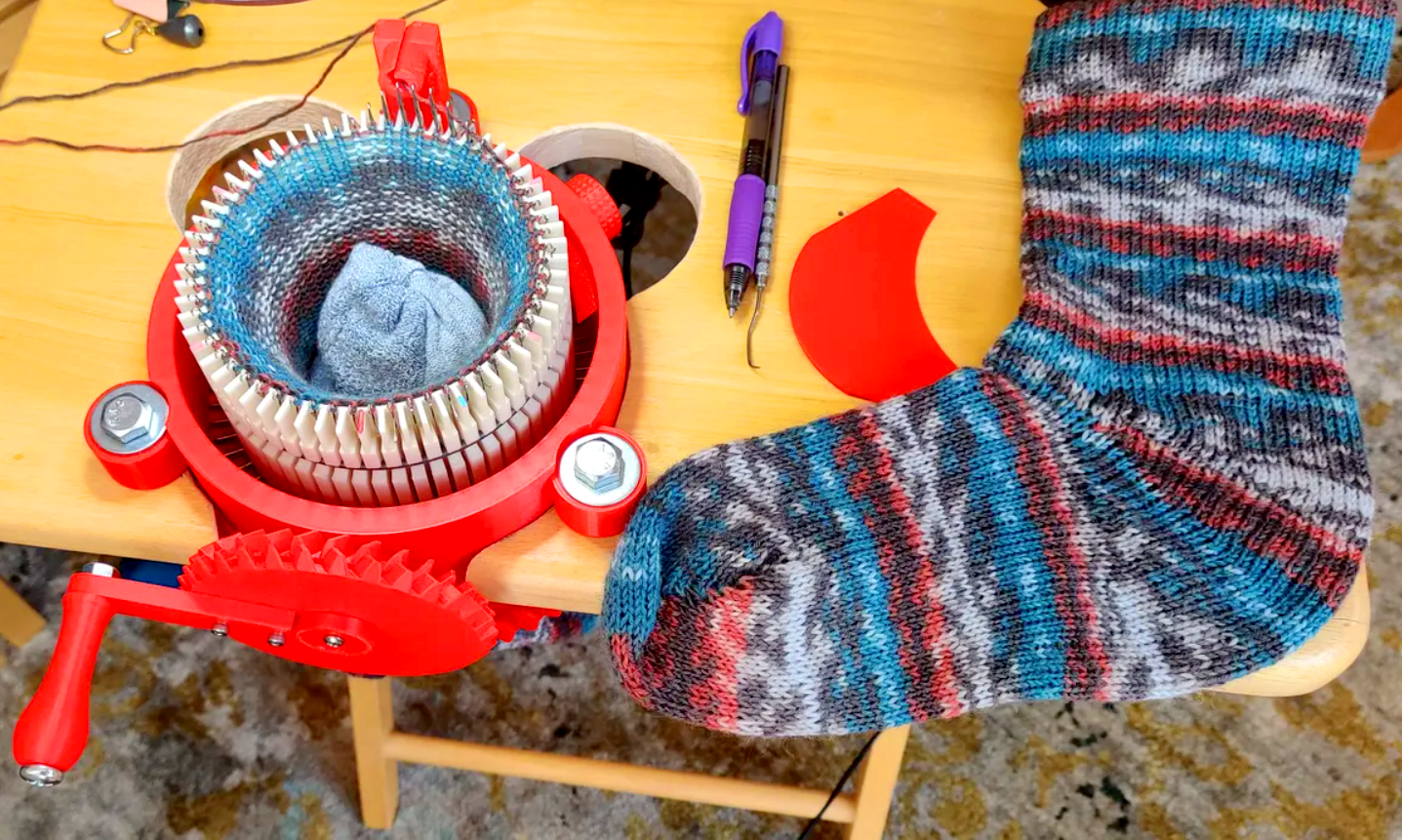
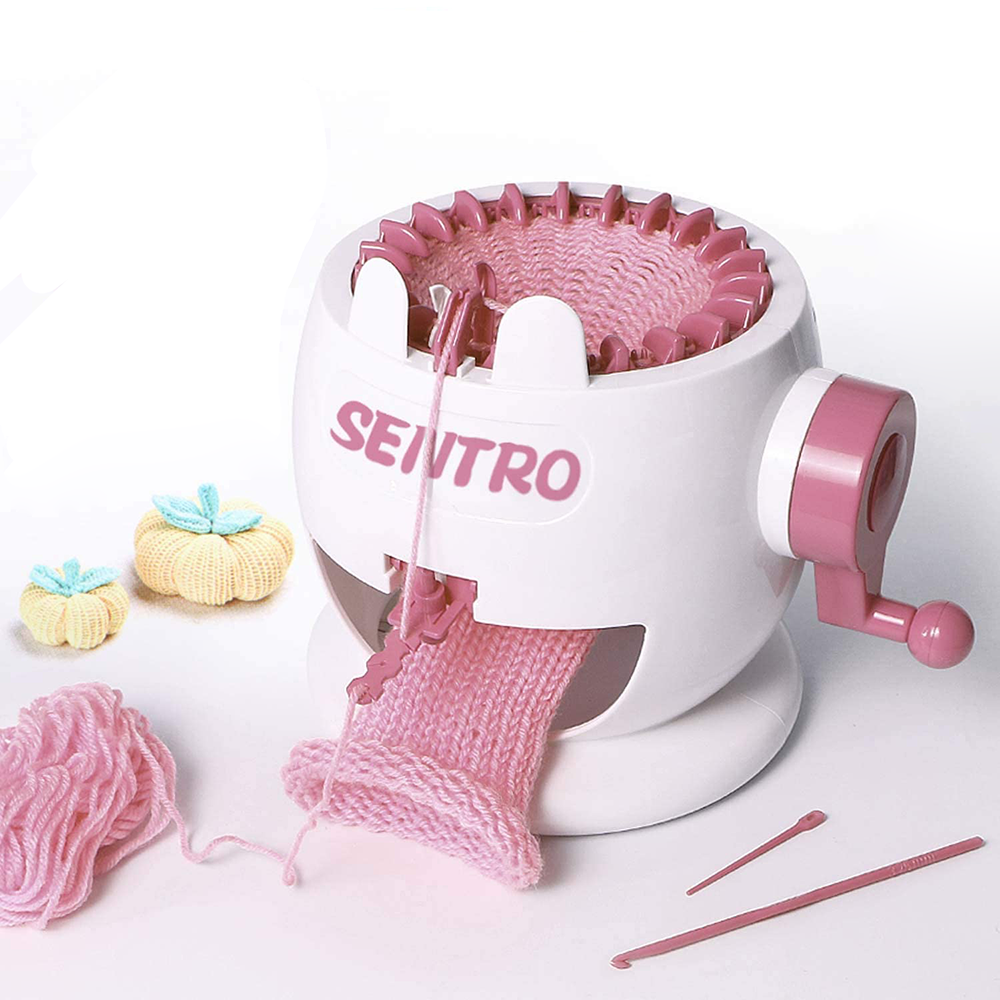
Embrace the Versatility of Machine Knitting
Knitting socks on a knitting machine is not only possible but also an efficient and enjoyable way to create custom footwear.
Knitting machines have opened up a world of possibilities for sock makers, making it easier than ever to produce high-quality, customized socks.
With the right machine setup, yarn selection, and understanding of techniques such as the short row and kitchener stitch, knitters can produce high-quality socks in a variety of patterns and styles.
The process can be less time-consuming than hand knitting, and the results are equally satisfying.
With some basic knowledge of machine knitting and a little practice, you can create socks that are just as comfortable, durable, and stylish as hand-knit ones.
By understanding the basics of machine knitting and experimenting with different techniques and yarns, you can create unique designs that reflect your personal style and cater to your comfort needs.
Whether you're a seasoned machine knitter or a hand knitter looking to expand your skills, the world of machine-knit socks offers endless possibilities for creativity and happy knitting.
Although they may not replace hand knitting entirely, they offer a faster and more efficient way of making socks, especially for those new to the craft.
With different types of machines available, you can choose one that best suits your skill level, budget, and design needs.
As the world of knitting continues to evolve, knitting machines are becoming the future of sock making.
So, why not give machine knitting a try and see how it can enhance your crafting experience?
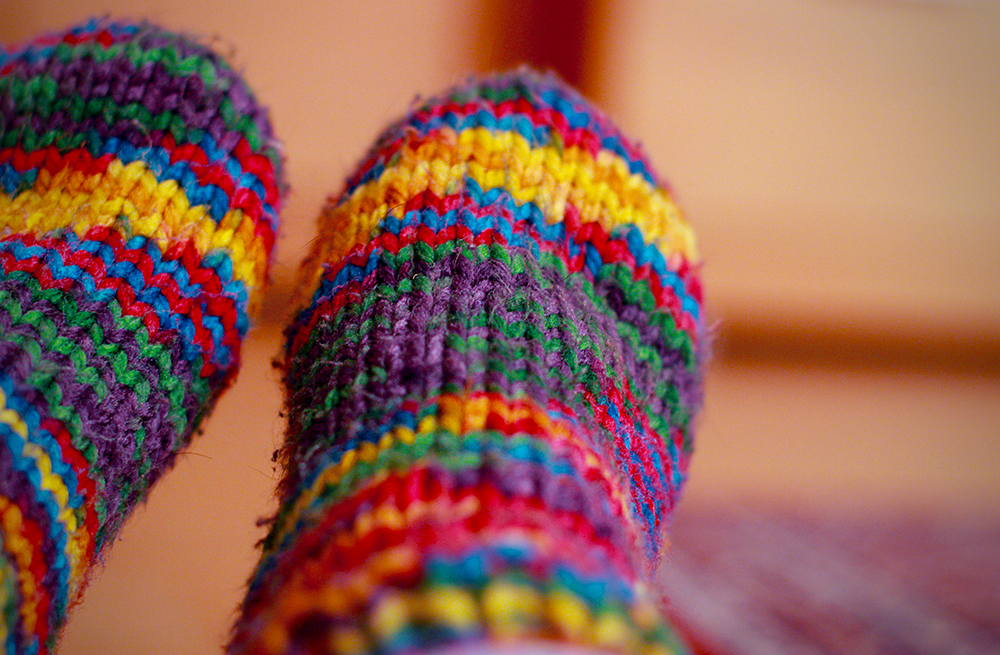
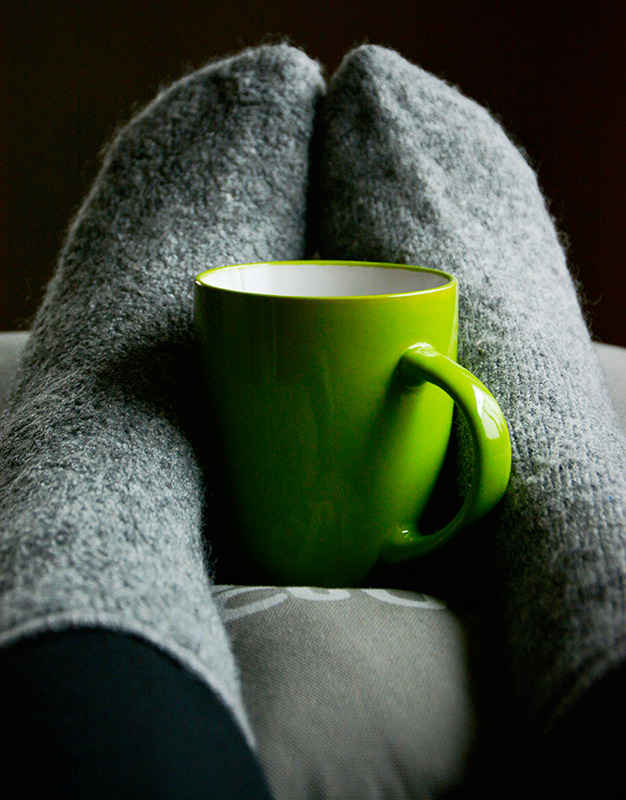
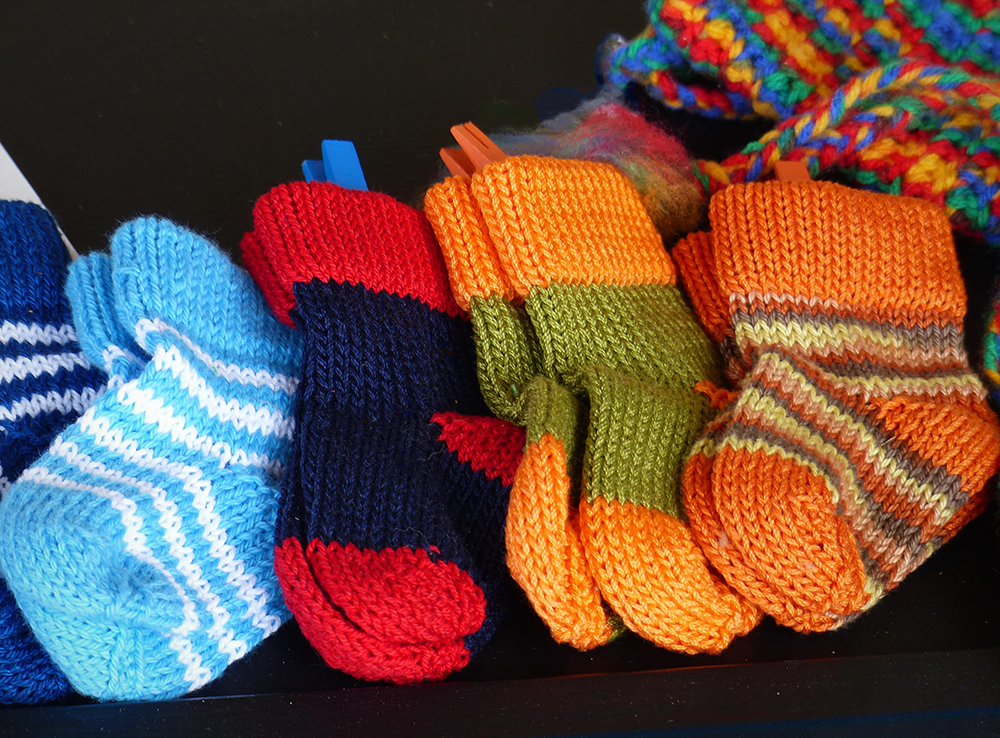
Ready to start knitting your next pair of socks? Check out Kathie Marie's video tutorial!
Want even more content about creativity and art?
Be sure to check out all of our creative chronicles!
Interested in knitting?
Check out some of our other articles:
-Interchangeable knitting needles
-Can a beginner use a knitting machine?
-Can you make a sweater with a knitting machine?
-Can you make money with a knitting machine?
-Can you crochet with a knitting machine?
-Difference between knitting and crochet
